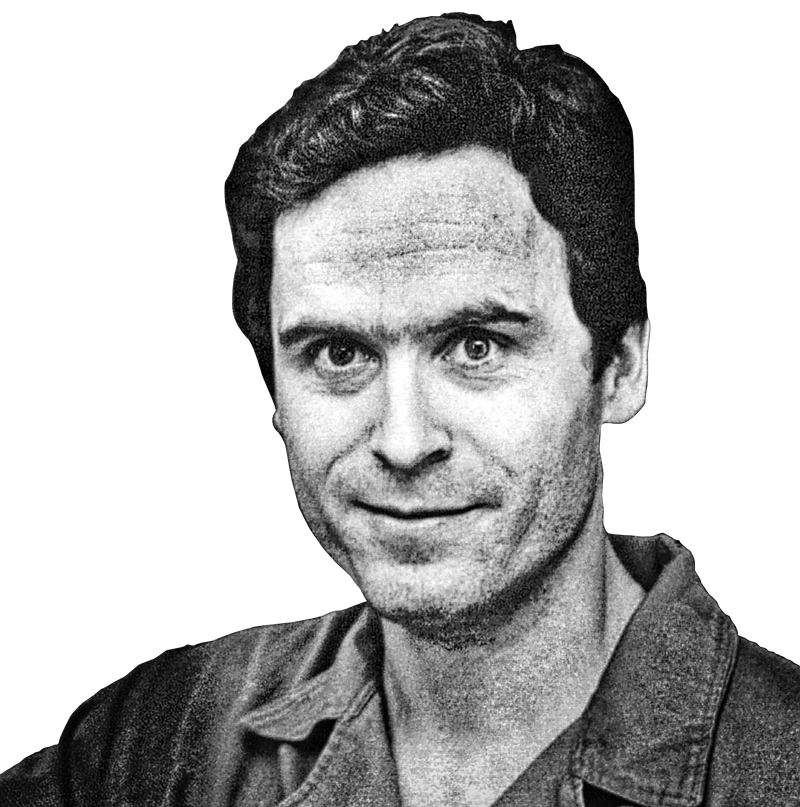
Ted Bundy was born Theodore Robert Cowell on November 24, 1946, to Eleanor Louise Cowell, at the Elizabeth Lund Home for Unwed Mothers in Burlington, Vermont. His father's identity was unknown. Ted's birth certificate listed paternity as belonging to one Lloyd Marshall, a salesman and Air Force veteran, but Louise later said she'd been seduced by a sailor whom she knew as Jack Worthington. Future investigators could find no record of anyone by that name in Navy or Merchant Marine archives. Some family members suspected that Bundy was fathered by Louise's own violent, abusive father, Samuel Cowell, but no evidence has ever emerged one way or the other on the question.
For the first three years of his life, Bundy lived in the Philadelphia home of his maternal grandparents, Samuel and Eleanor Cowell, who raised him as their son to avoid the social stigma of out-of-wedlock birth. Family, friends, and Ted himself were told that his grandparents were his parents and that his mother was his older sister. He eventually learned the truth, although he gave varied accounts of it to different people. He told a girlfriend that a cousin showed him a copy of his birth certificate after calling him a "bastard" — but he told biographers Stephen Michaud and Hugh Aynesworth that he came upon the certificate himself. Biographer and true crime writer Ann Rule, who knew Bundy personally, believed he didn't find out until 1969, when he uncovered his original birth record in Vermont. As a result of this, Bundy held a lifelong resentment toward his mother.
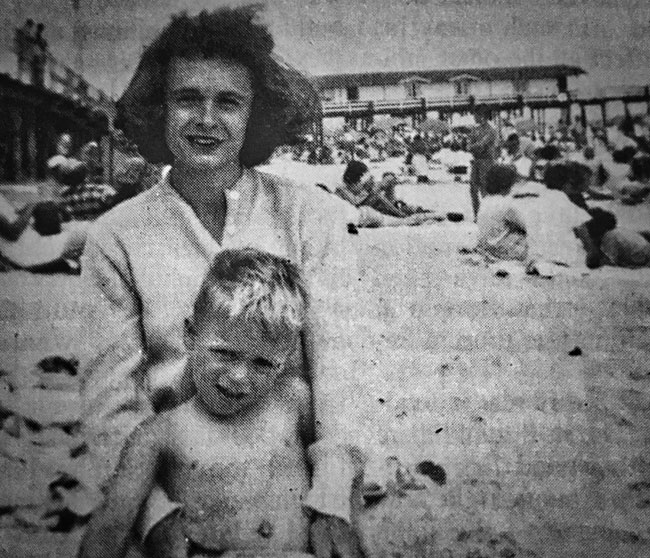
In some interviews, Bundy spoke warmly of his grandparents and told Rule that he "identified with," "respected," and "clung to" his grandfather. But in 1987, he and other family members told attorneys that Samuel Cowell was actually a tyrannical bully and a bigot who hated blacks, Italians, Catholics, and Jews. Bundy's grandfather beat his wife and the family dog and swung neighborhood cats by their tails. He once threw Louise's younger sister Julia down a flight of stairs for oversleeping. He sometimes talked to unseen presences, and flew into a violent rage at least once when the issue of Bundy's paternity was raised. Bundy described his grandmother as a timid and obedient woman who was sometimes treated with shock therapy for depression and feared to leave the house toward the end of her life.
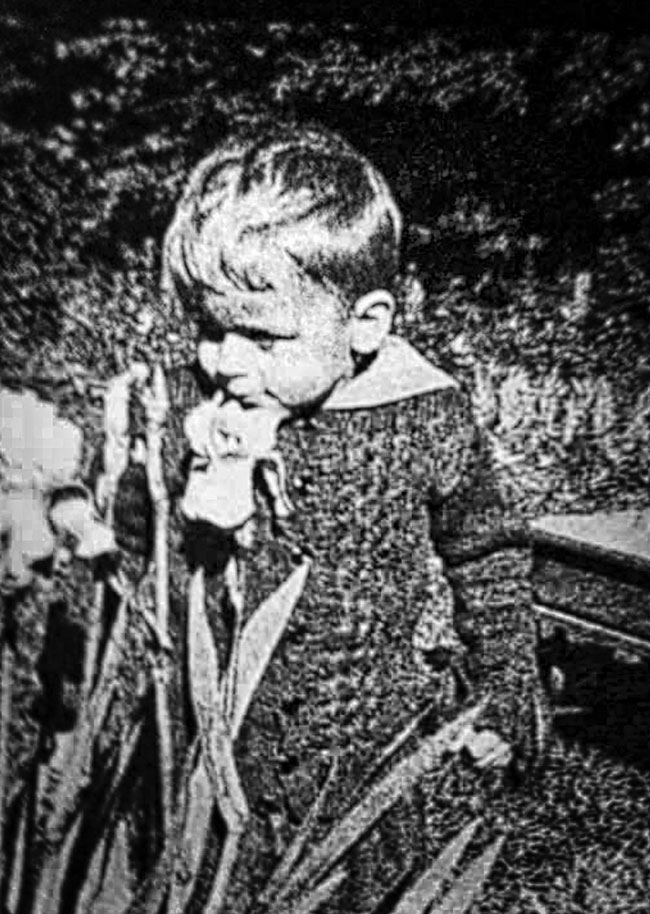
In 1950, Louise changed her surname from Cowell to Nelson, and left Philadelphia with her son to live with cousins in Tacoma, Washington. A year later Louise met Johnnie Culpepper Bundy, a hospital cook, at an adult singles night at Tacoma's First Methodist Church. They married soon afterward and Johnnie Bundy formally adopted Ted, giving him the surname by which the world would forever after know him.
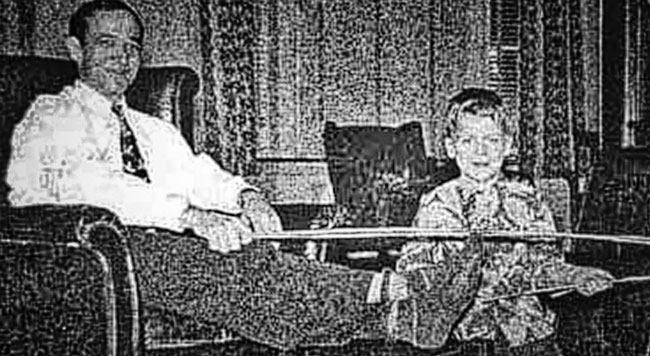
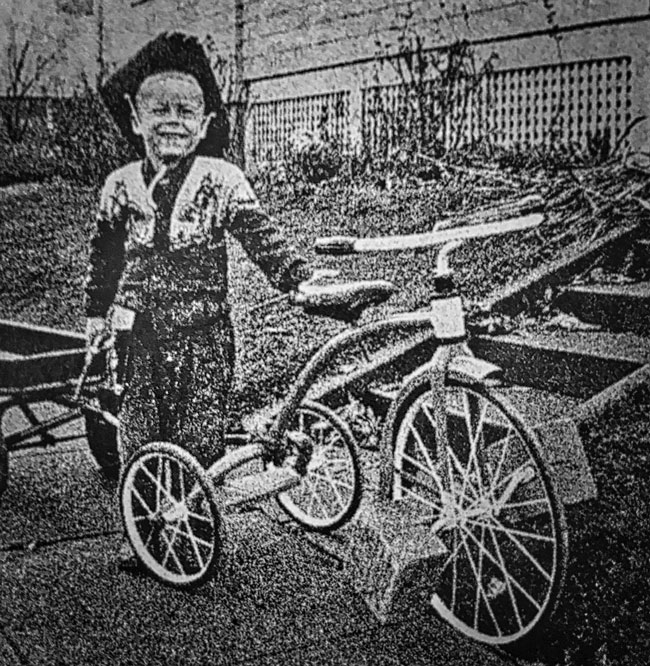
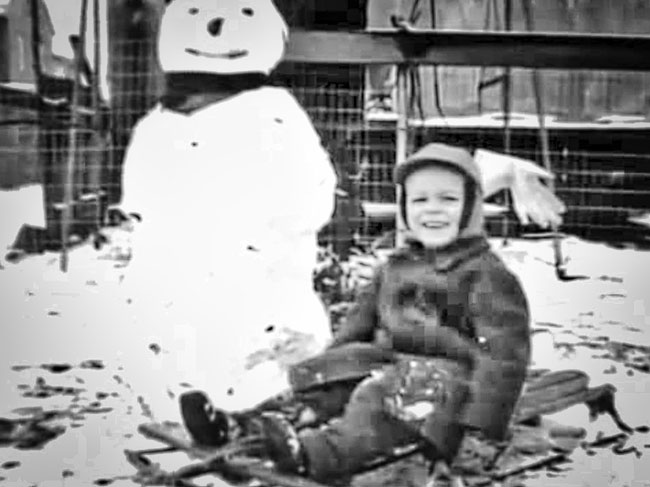

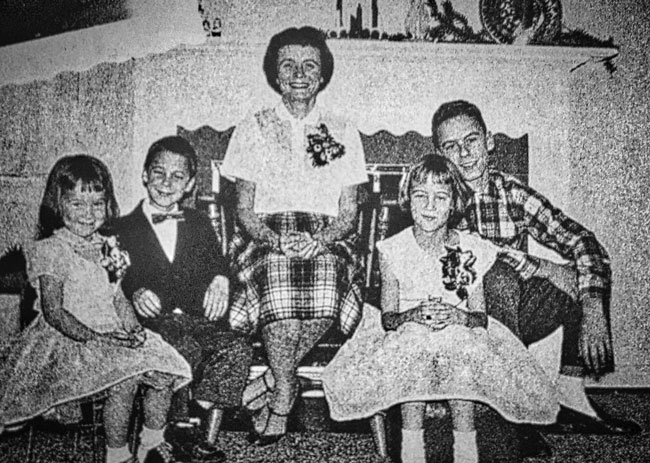
Johnny and Louise had four children of their own, and though Johnny tried to include Ted in camping trips and other family activities, his stepson remained distant. Ted later complained to a girlfriend that Johnny wasn't his real father, "wasn't very bright," and "didn't make much money."
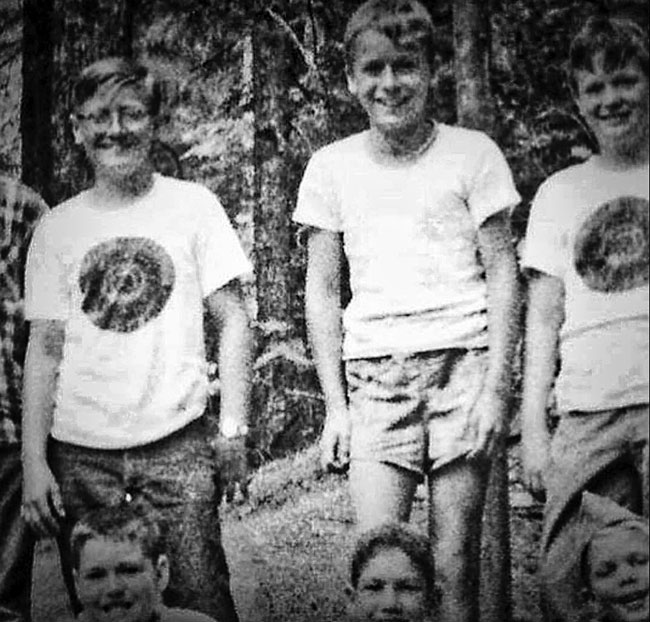
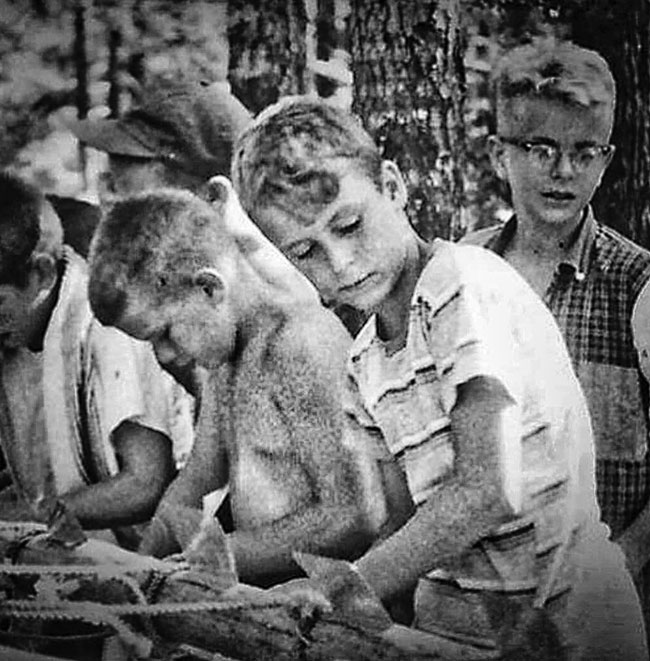
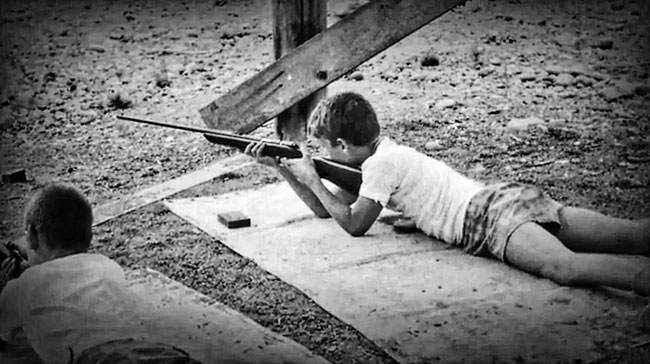
Bundy related different accounts of Tacoma with his biographers. When he talked to Michaud and Aynesworth, he described how he roamed his neighborhood, picking through trash barrels in search of pictures of naked women. To Polly Nelson, he explained how he perused detective magazines, crime novels, and true crime documentaries for stories that involved sexual violence, particularly when the stories were illustrated with pictures of dead or maimed bodies. In a letter to Rule, he claimed that he "never, ever read fact-detective magazines, and shuddered at the thought" that anyone would. In conversation with Michaud, he described how he would consume large quantities of alcohol and "canvass the community" late at night in search of undraped windows where he could observe women undressing, or "whatever could be seen."
Bundy told different people different things about his social life. He told Michaud and Aynesworth that he "chose to be alone" as an adolescent because he was unable to understand interpersonal relationships. He said he had no natural sense of how to develop friendships. "I didn't know what made people want to be friends," he said. "I didn't know what underlay social interactions." But his classmates from Woodrow Wilson High School told Rule that Bundy was "well known and well liked" there, "a medium-sized fish in a large pond."
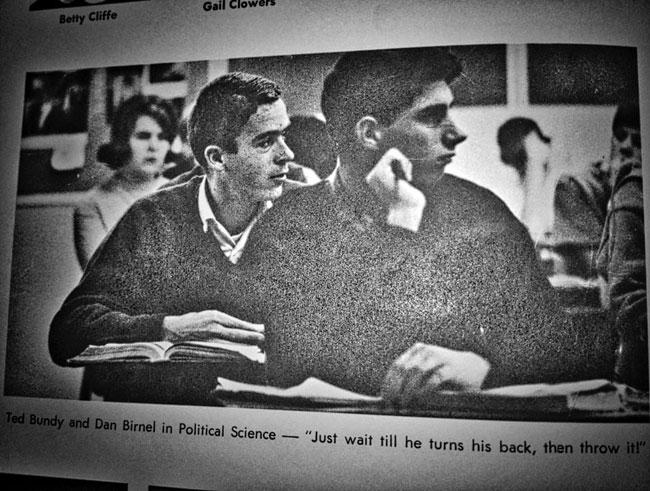
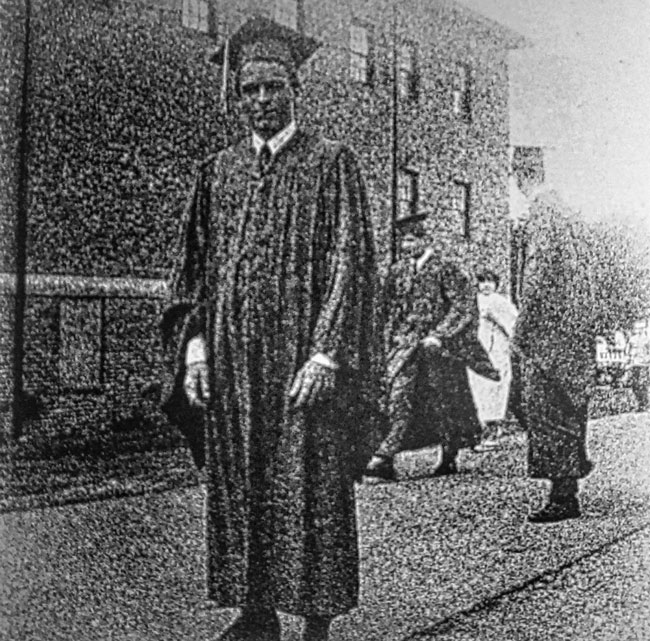
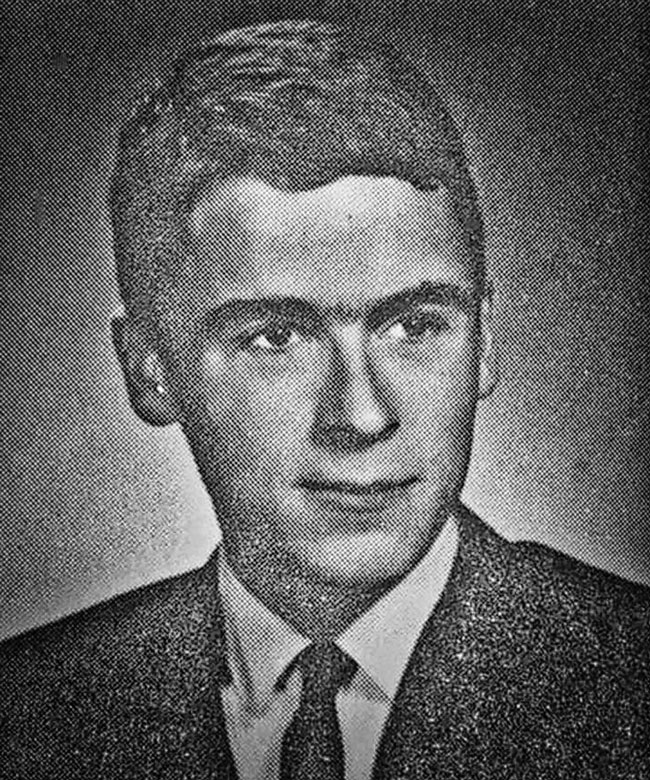
Downhill skiing was Bundy's only real athletic avocation; he took to it ardently — always with stolen equipment and forged lift tickets.
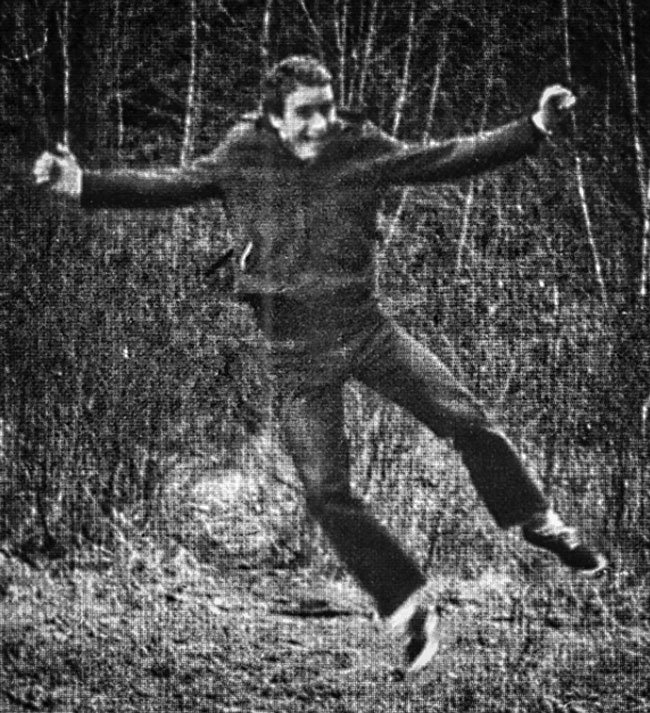
In high school he was arrested at least twice on suspicion of burglary and auto theft. When he reached age 18, these charges were stricken from his record — customary in the state of Washington.
Bundy spent a year at the University of Puget Sound (UPS) after graduating from high school, then transferred to the University of Washington (UW) in 1966 to study Chinese.
In 1967, he became romantically involved with a UW classmate who goes by a variety of pseudonyms in Bundy literature, usually as "Stephanie Brooks". Her true identity — Diane Marjorie Jean Edwards — is now common knowledge, especially since the 2019 release of the Netflix documentary series "Conversations with a Killer: The Ted Bundy Tapes".
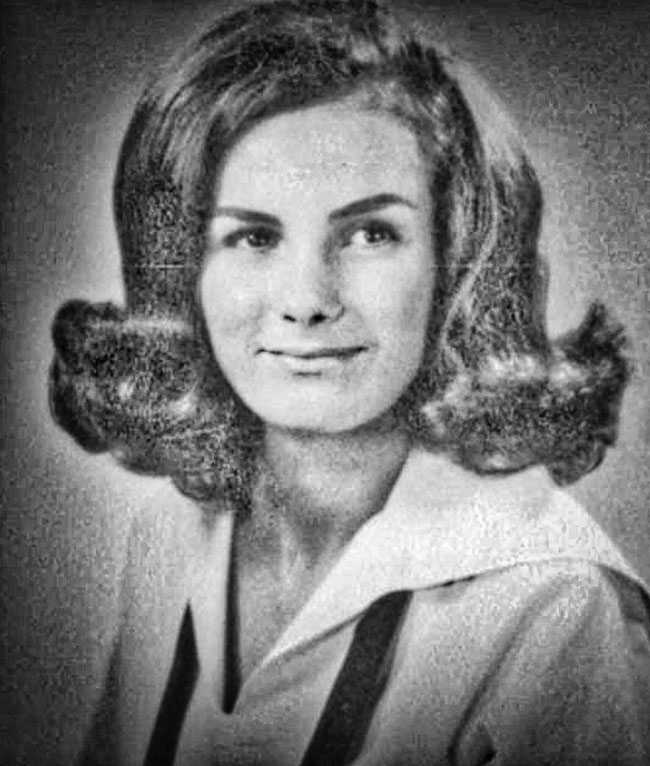
In early 1968 he dropped out of college and worked a series of low-wage jobs, then volunteered at the Seattle office of Nelson Rockefeller's presidential campaign and became Arthur Fletcher's driver and bodyguard during Fletcher's campaign for Lieutenant Governor of Washington State. In August of that year Bundy attended the 1968 Republican National Convention in Miami as a Rockefeller delegate.
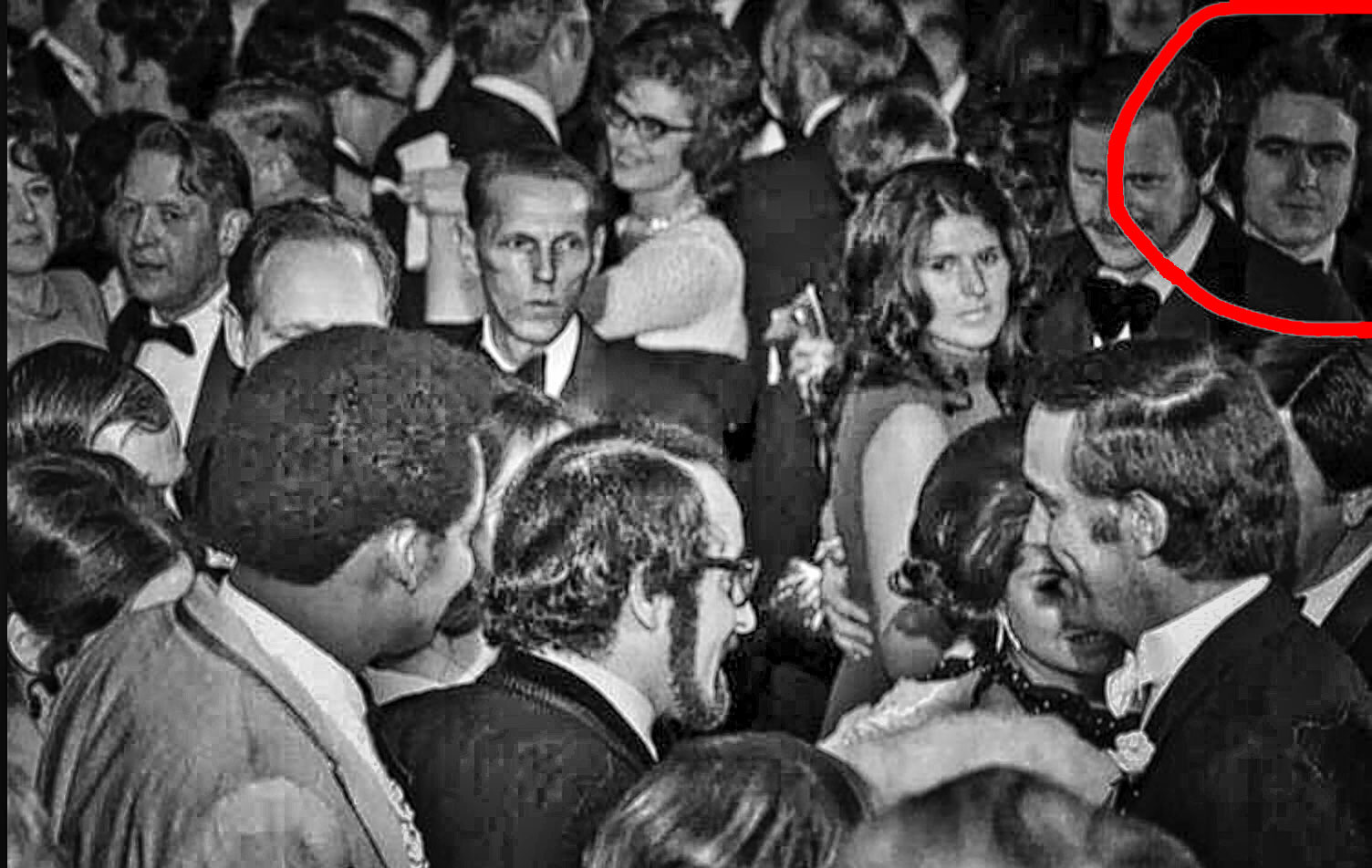
Shortly thereafter Edwards ended their relationship and returned to her family home in California, frustrated by Bundy's immaturity and lack of ambition. Psychiatrist Dorothy Lewis would later pinpoint this crisis as "probably the pivotal time in his development".
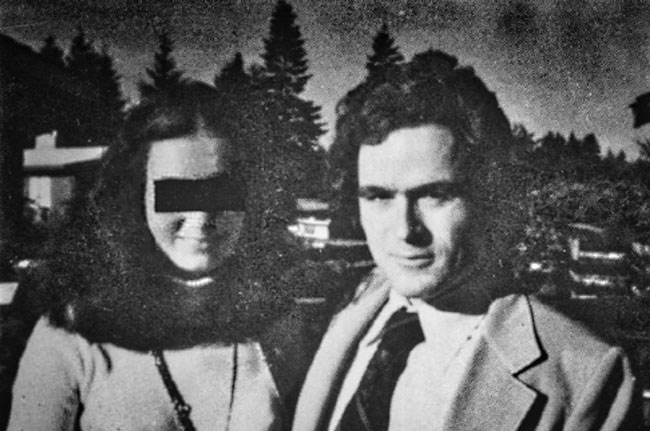
Diane Edwards offered a fascinating and intimate glimpse at the storied destroyer of women in an interview with "Violent Mind" author Al Carlisle.
"[He was] pitifully weak! This was my main criticism of him after the year and a half of our relationship. He kowtowed to me. He wasn’t strong. He wasn’t real masculine. If I got mad at him because he did something he sort of felt apologetic about it. He wouldn’t stand up for himself. There was no use getting mad because the person didn’t react. And the things I got mad for were primarily that he lied. It wasn’t that he out and out lied. He fibbed. It wasn’t necessary that he had to be like that. It wasn’t actually that he had done a bad thing in his mind. It was that he was saying something he knew would sound good to me."
Devastated by her rejection, Bundy fled to Colorado and then farther east, visiting relatives in Arkansas and Philadelphia and enrolling for one semester at Temple University. It was at this time in early 1969, according to Rule, that he went to the office of birth records in Burlington and learned of his true parentage.
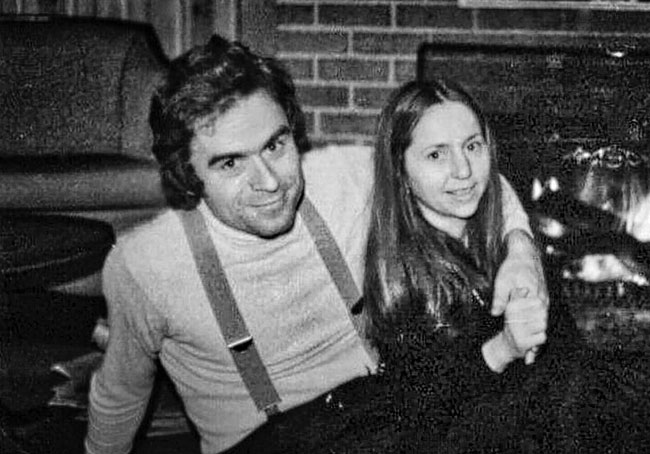
Bundy was back in Washington in the fall of 1969 when he met Elizabeth Kloepfer (variously identified in Bundy literature as Meg Anders, Beth Archer, or Liz Kendall), a divorcée from Ogden, Utah. She worked as a secretary at the University of Washington School of Medicine. Their stormy relationship would continue well past his initial incarceration in Utah in 1976.
In mid-1970, Bundy, now focused and goal-oriented, re-enrolled at UW, this time as a psychology major. He became an honor student and was well regarded by his professors. In 1971, he took a job at Seattle's Suicide Hotline Crisis Center, where he met and worked alongside Ann Rule, a former Seattle police officer and aspiring crime author who would later write one of the definitive Bundy biographies, The Stranger Beside Me. At the time, she saw nothing disturbing in Bundy's personality, and thought of him as "kind, solicitous, and empathetic".
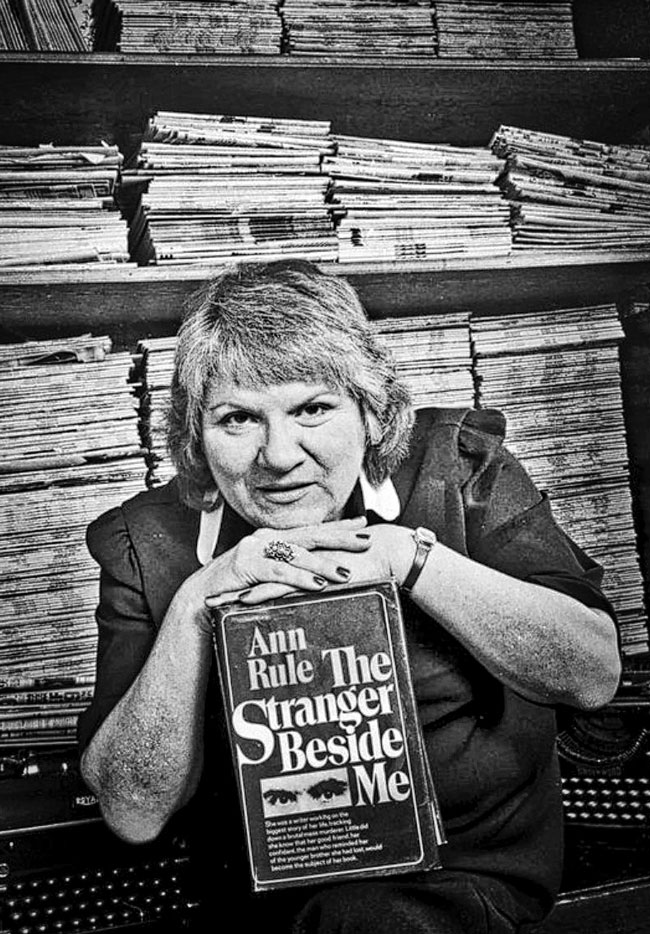
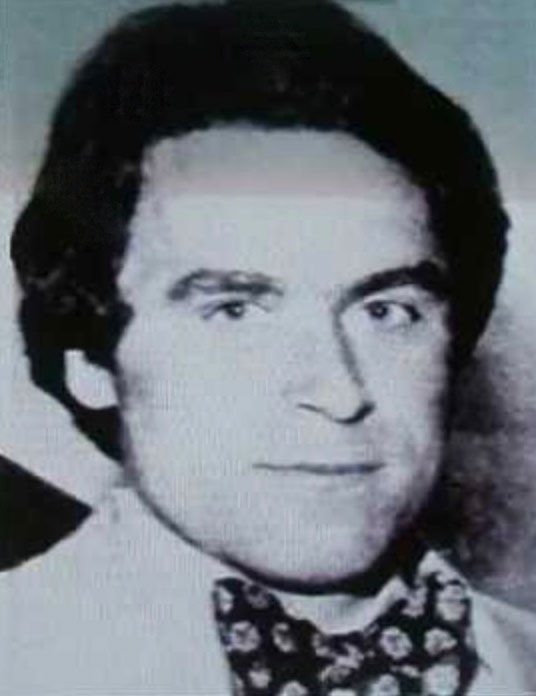
After graduating from UW in 1972, Bundy joined Governor Daniel J. Evans' re-election campaign. Posing as a college student, he shadowed Evans' opponent, former governor Albert Rosellini, and recorded his stump speeches for analysis by Evans' team. After Evans was re-elected, Bundy was hired as an assistant to Ross Davis, Chairman of the Washington State Republican Party. Davis thought well of Bundy and described him as "smart, aggressive ... and a believer in the system". In early 1973, Bundy was accepted into the law schools of UPS and the University of Utah despite mediocre Law School Admission Test scores. He got in on the strength of letters of recommendation from Evans, Davis, and several UW psychology professors.
During a trip to California on Republican Party business in the summer of 1973, Bundy rekindled his relationship with Edwards, who marveled at his transformation into a serious, dedicated professional who looked to be on the verge of a distinguished legal and political career. He continued dating Kloepfer as well, and neither woman knew of the other's existence.
In the fall of 1973, Bundy matriculated at UPS Law School, and continued to court Edwards, who flew to Seattle several times to stay with him. They discussed marriage; at one point he even introduced her to Davis as his fiancée. In January 1974, however, he abruptly broke off all contact; her phone calls and letters went unanswered. Finally reaching him by phone a month later, Edwards demanded to know why Bundy had unilaterally ended their relationship without explanation. In a flat, calm voice, he replied, "Diane, I have no idea what you mean" and hung up. She never heard from him again. Later he said, "I just wanted to prove to myself that I could have married her"; but Edwards believed that he'd deliberately planned the entire episode in advance as vengeance for the breakup she instigated in 1968.
By then, Bundy had begun skipping classes at law school; by April, he'd stopped attending altogether, and young women were mysteriously disappearing throughout the Pacific Northwest. He was, simultaneously, the assistant director of the Seattle Crime Prevention Advisory Commission. In that capacity he'd written a pamphlet for women on rape prevention.
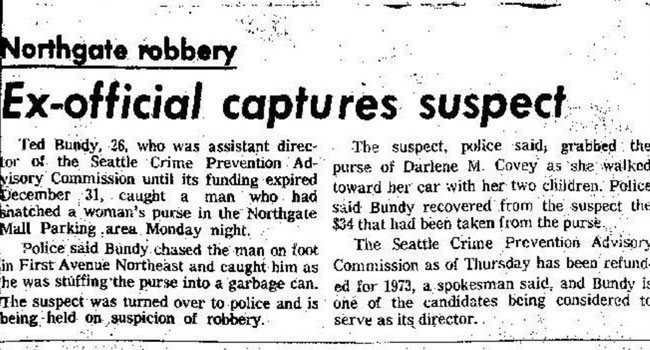
Shortly after midnight on January 4, 1974 (around the time he severed his relationship with Edwards), Bundy entered the basement apartment of 18-year-old Karen Sparks (identified as Joni Lenz, Mary Adams, and Terri Caldwell by various sources), a dancer and student at UW. After bludgeoning the sleeping woman with a metal rod from her bed frame, he sexually assaulted her with either the same rod, or a metal speculum, causing extensive internal injuries. She was unconscious for 10 days, but survived with permanent physical and mental impairment.
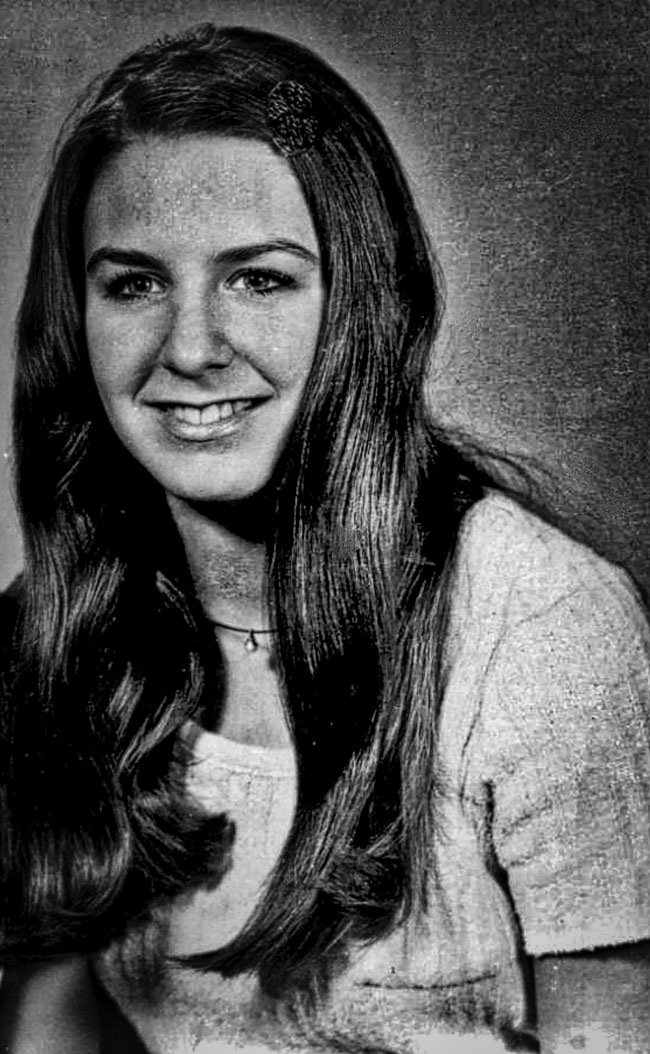
In the early morning hours of February 1, Bundy broke into the basement room of Lynda Ann Healy, a UW undergraduate who broadcast morning radio weather reports for skiers. He beat her unconscious, dressed her in blue jeans, a white blouse, and boots, and carried her away.
In the first half of 1974, female college students were disappearing at the rate of about one per month.
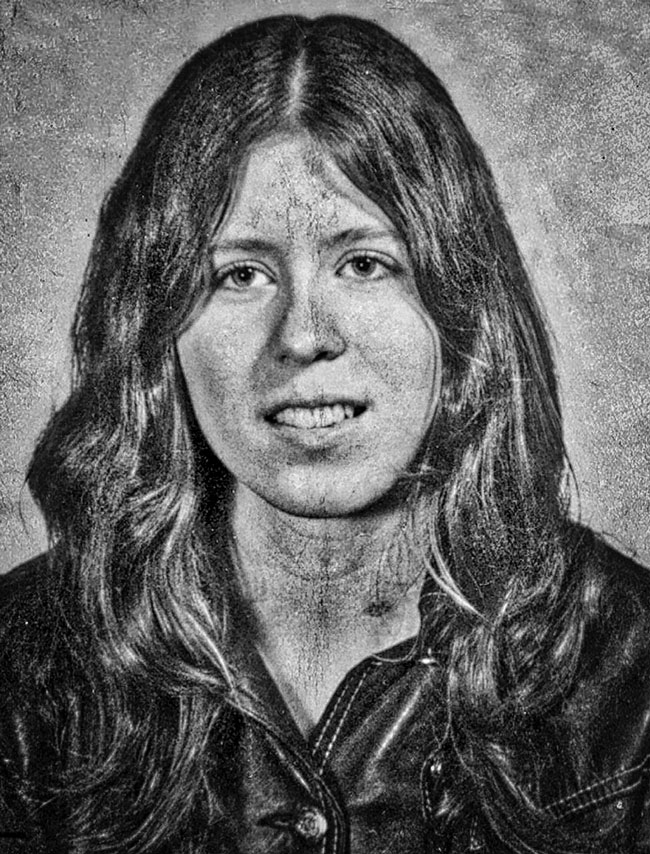
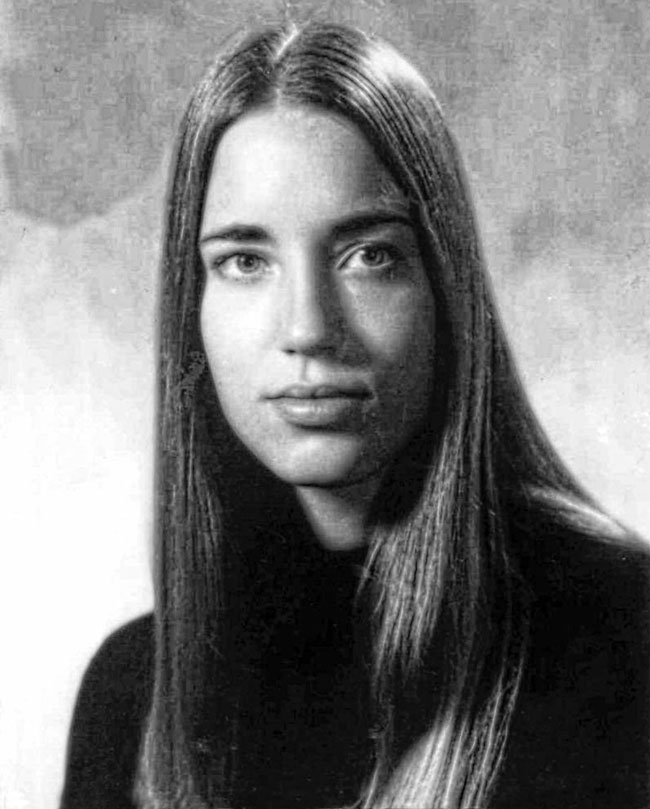
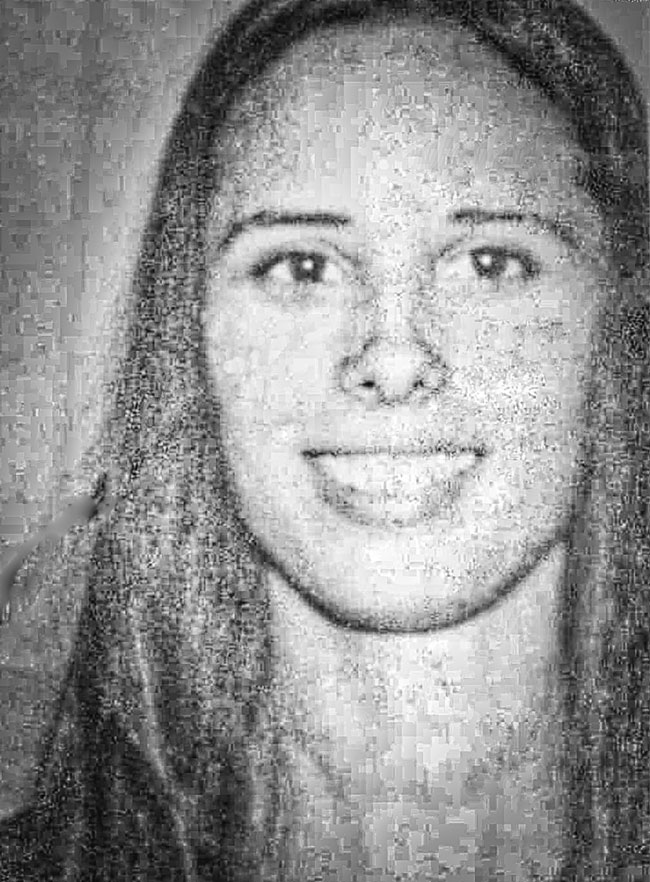
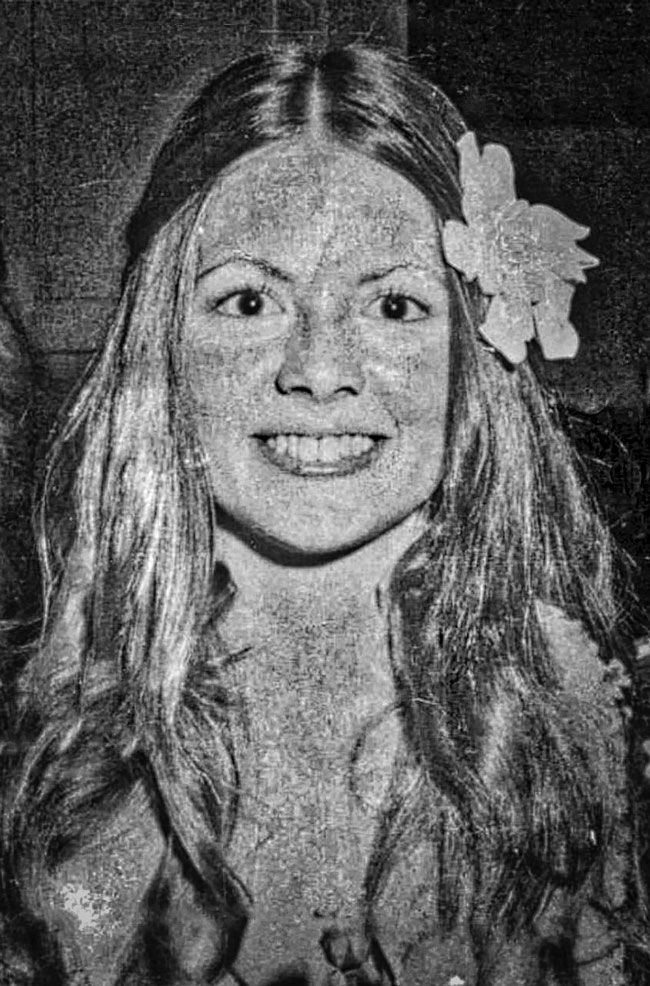
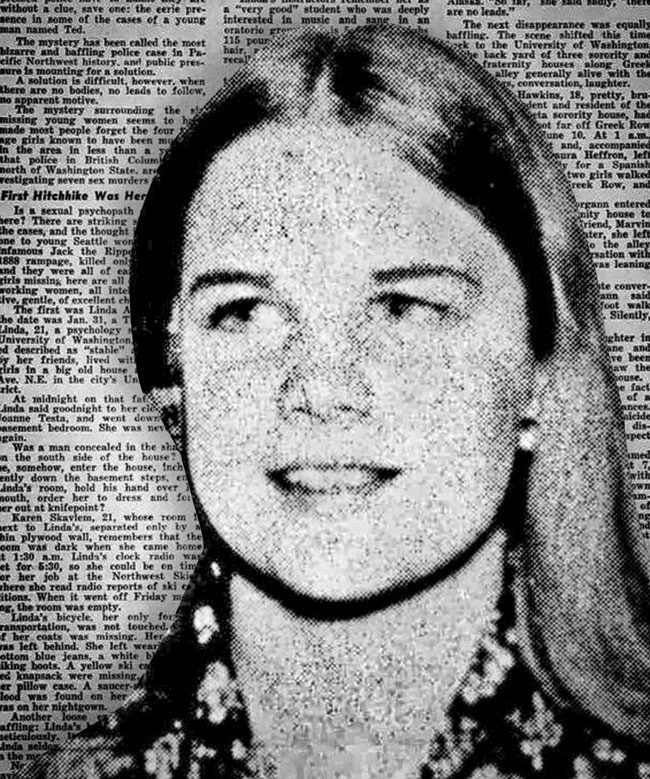
Detectives from the King County and Seattle police departments grew increasingly worried. There was no physical evidence to go on, and the missing women had little in common, apart from being young, attractive, white college students with long hair parted in the middle.
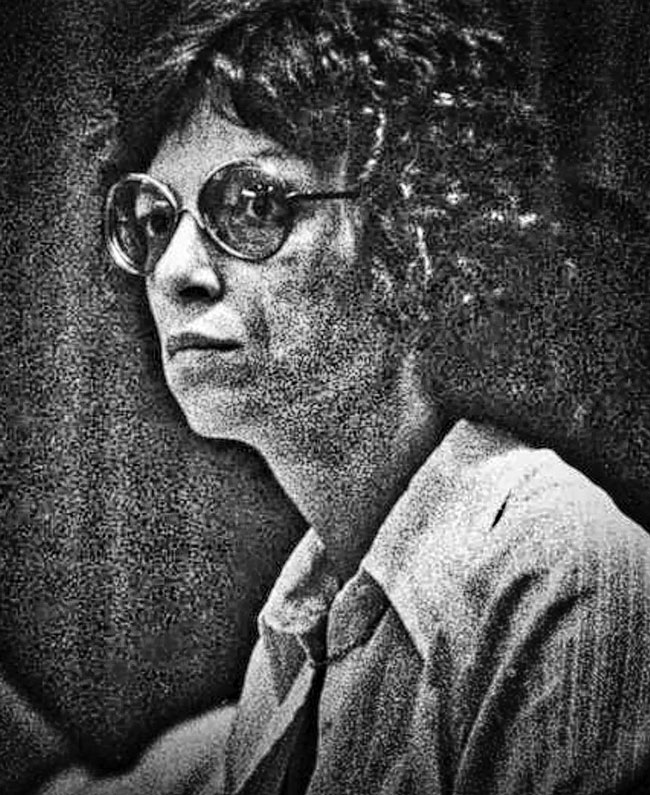
At this time, Bundy was working in Olympia at the Department of Emergency Services (DES), a state government agency involved in the search for the missing women. There, he met and dated Carole Ann Boone, a twice-divorced mother of two. Six years later, she would play an important part in the final phase of Ted Bundy's life.
Reports of the six missing women were prominent in newspapers and on television in Washington and Oregon. The public was convulsed with fear; hitchhiking by young women fell sharply. Pressure was brought to bear on law enforcement, but the scarcity of evidence hobbled them. Police couldn't give reporters what little information they had for fear of compromising their investigation. More similarities between the victims were gradually discerned: All the disappearances took place at night, usually near construction work, within a week of midterms or final exams; all of the victims wore slacks or blue jeans; and at most crime scenes, there were sightings of a man wearing a cast or a sling, driving a brown or tan Volkswagen Beetle.
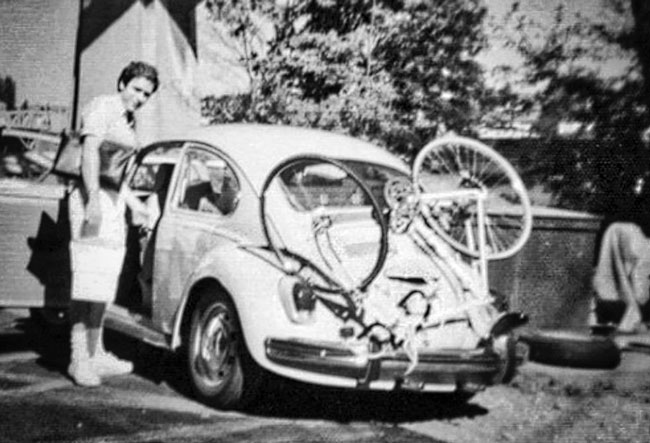
The Pacific Northwest murders reached their grim culmination on July 14, with the broad daylight abductions of two women from a crowded beach at Lake Sammamish State Park in Issaquah, a suburb 20 miles east of Seattle.

Five female witnesses saw and described to police an attractive young man wearing a white tennis outfit with his left arm in a sling, speaking with a light accent, perhaps Canadian or British. He introduced himself as "Ted," asking for their help in unloading a sailboat from his tan or bronze-colored Volkswagen Beetle. Four refused; a fifth girl accompanied him as far as his car, saw no sailboat on it, and fled.
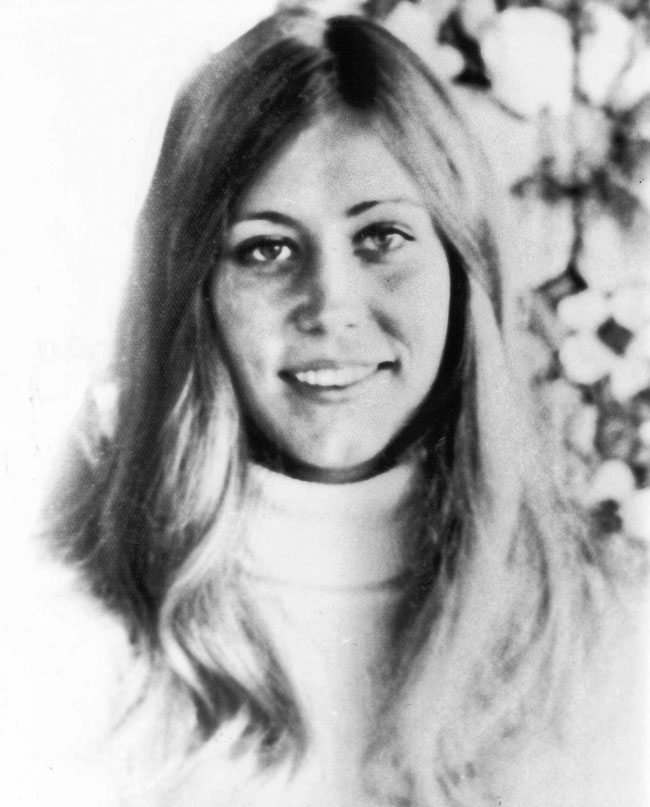
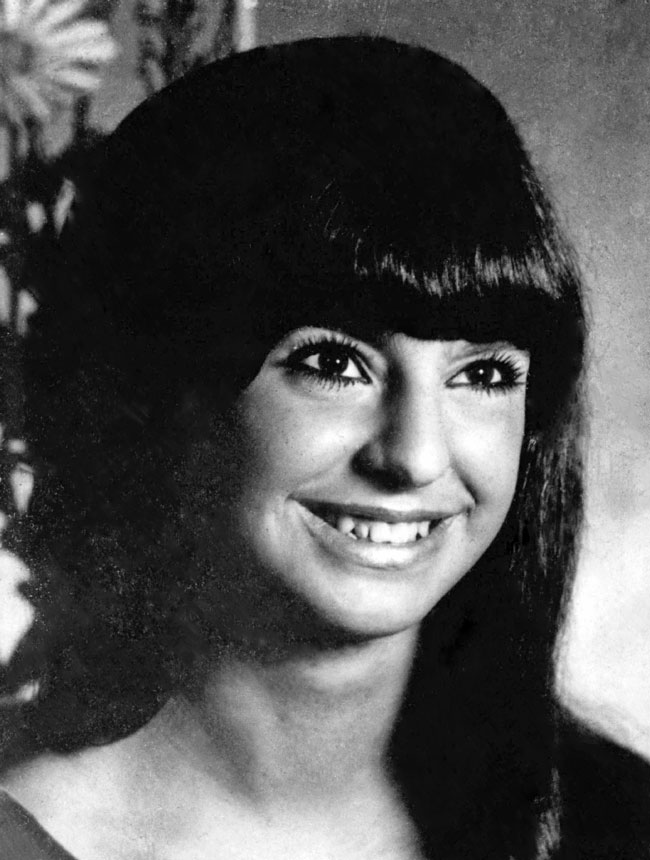
Three other witnesses saw the same man approach Janice Anne Ott, 23, a probation case worker at the King County Juvenile Court, with the sailboat story, and watched her leave the beach in his company. About four hours later, Denise Marie Naslund, a 19-year-old woman studying to become a computer programmer, left a picnic to go to the restroom and never returned.
Years later on Death Row in Florida, Bundy told Stephen Michaud that Ott was alive when he returned with Naslund — and that one watched the other die. On the eve of his execution he recanted this.
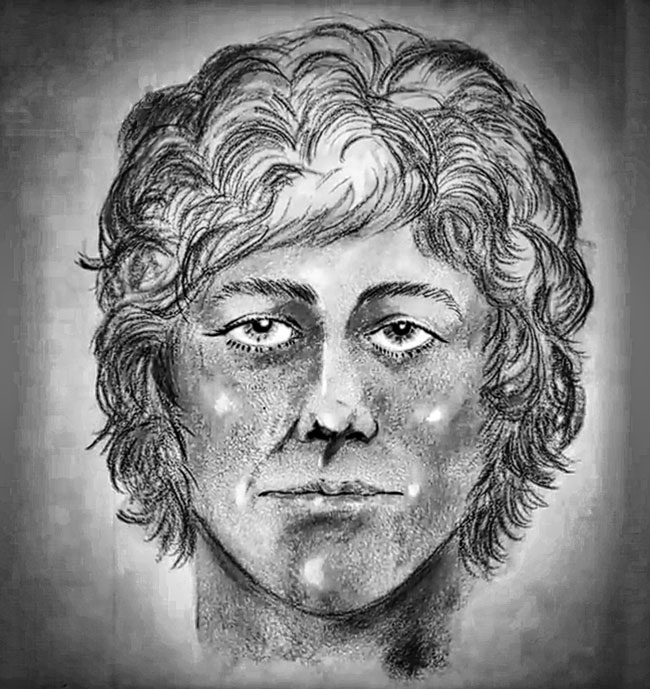
The one relatively bright spot in this horrific day was the fact that King County police now had a detailed description of the suspect and his car, which they promptly distributed on fliers throughout the Seattle area. A composite sketch was printed in regional newspapers and broadcast on local TV stations. Elizabeth Kloepfer, Ann Rule, a DES employee, and a UW psychology professor all recognized the sketch, and they recognized the car. All of them called and reported Ted Bundy as a possible suspect. But detectives who were staggering under an avalanche of up to 200 tips per day understandably thought it unlikely that the clean-cut law student with no criminal record should be talked to first, and so they remained focused on other suspects.
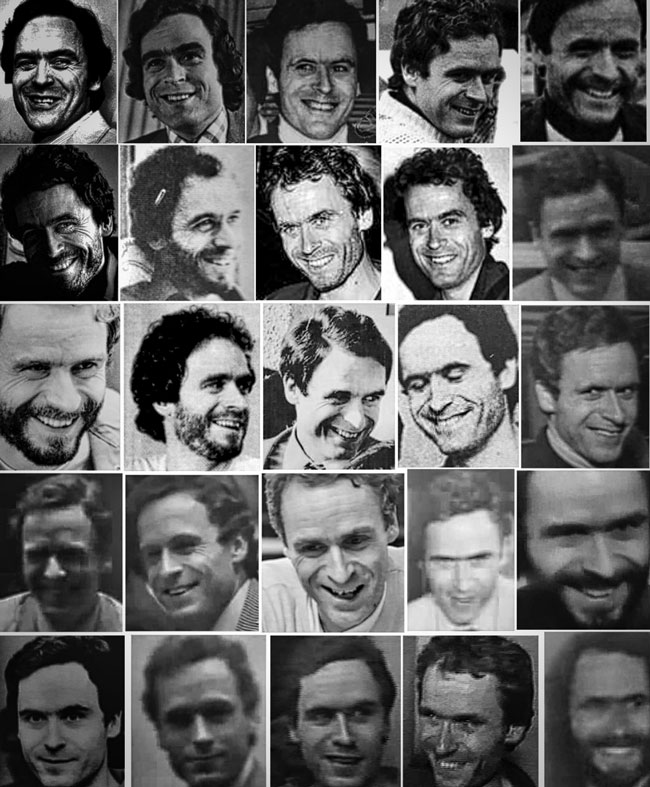
Nearly two months later, on September 6, two grouse hunters happened upon the skeletal remains of Ott and Naslund near a service road in Issaquah, two miles east of Lake Sammamish State Park. An extra femur and several vertebrae found at the site were later identified by Bundy as belonging to Georgeann Hawkins.
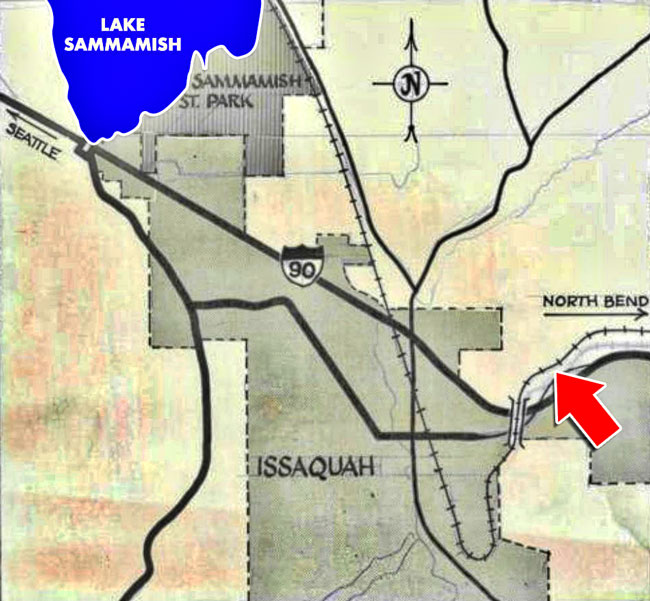
Six months later, forestry students from Green River Community College discovered the skulls and mandibles of Lynda Ann Healy, Susan Rancourt, Roberta Parks, and Brenda Ball on Taylor Mountain, where Bundy often hiked, just east of Issaquah. Donna Manson's remains have never been recovered.
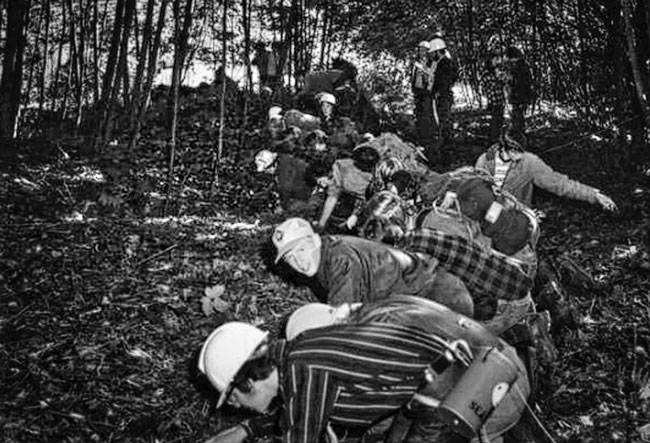
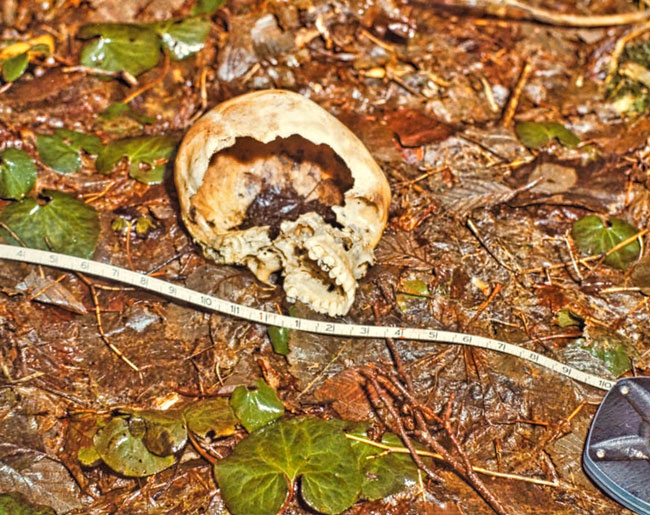
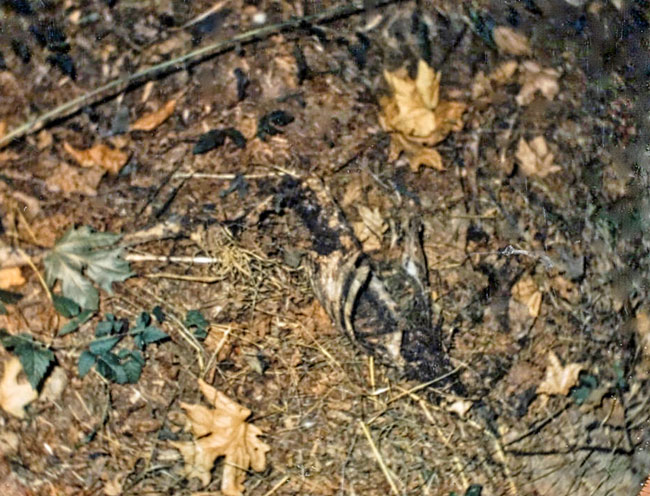
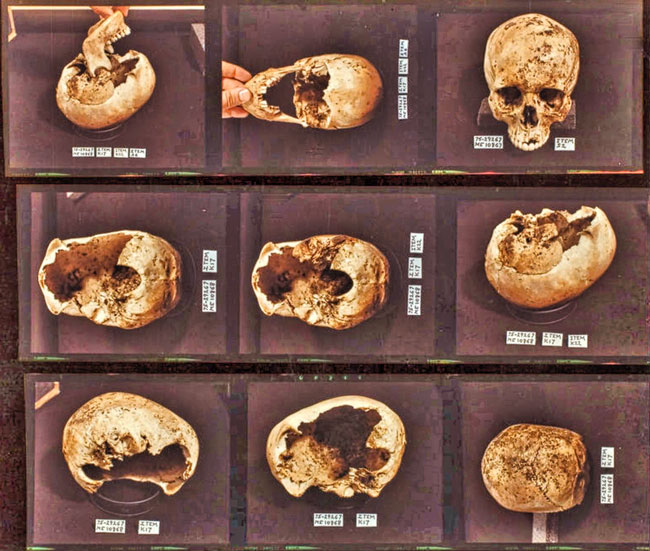
In August 1974, Bundy received a second acceptance from the University of Utah Law School and moved to Salt Lake City, leaving Kloepfer in Seattle. While he called her often, he dated "at least a dozen" other women. When he studied the first-year law curriculum a second time, he was devastated to find out that the other students had something, some intellectual capacity, that he did not. The classes were utterly beyond him. "It was a great disappointment to me," he recalled.
A new string of murders began in September, including two that remained undiscovered until Bundy confessed to them shortly before his execution. On September 2, he raped and strangled a still-unidentified hitchhiker in Idaho, then either disposed of the remains immediately in a river nearby, or returned the next day to photograph and dismember the corpse.
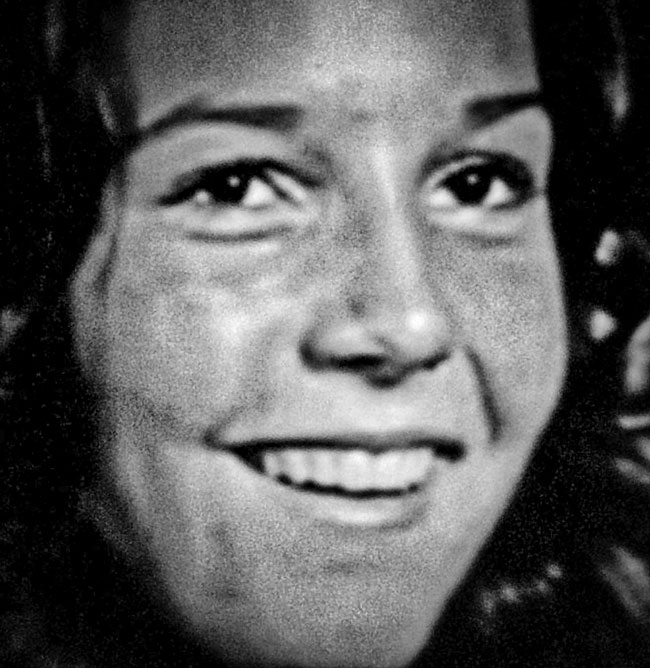
On October 2, he seized 16-year-old Nancy Wilcox in Holladay, a suburb of Salt Lake City, and dragged her into a wooded area, intending, he claimed, to "de-escalate" his pathological urges, by simply raping and releasing her; but he ended up strangling her anyway — accidentally, he said — in the process of trying to stifle her screams. He said he buried her remains near Capitol Reef National Park, some 200 miles (320 km) south of Holladay, but they were never found.
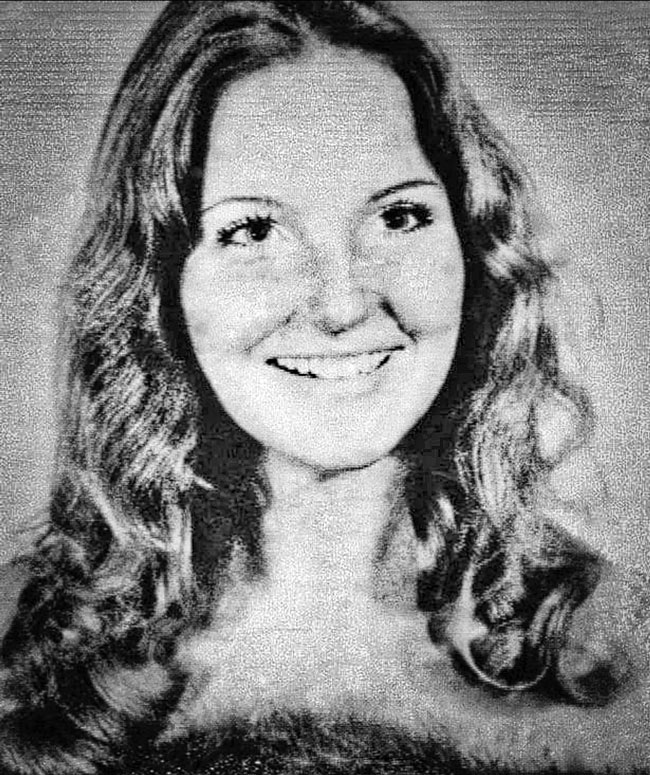
On October 18, Melissa Anne Smith — the 17-year-old daughter of the police chief of Midvale (another Salt Lake City suburb) — vanished after leaving a pizza parlor. Her nude body was found in a nearby mountainous area nine days later. Postmortem analysis revealed she may have been alive for up to seven days after her disappearance.
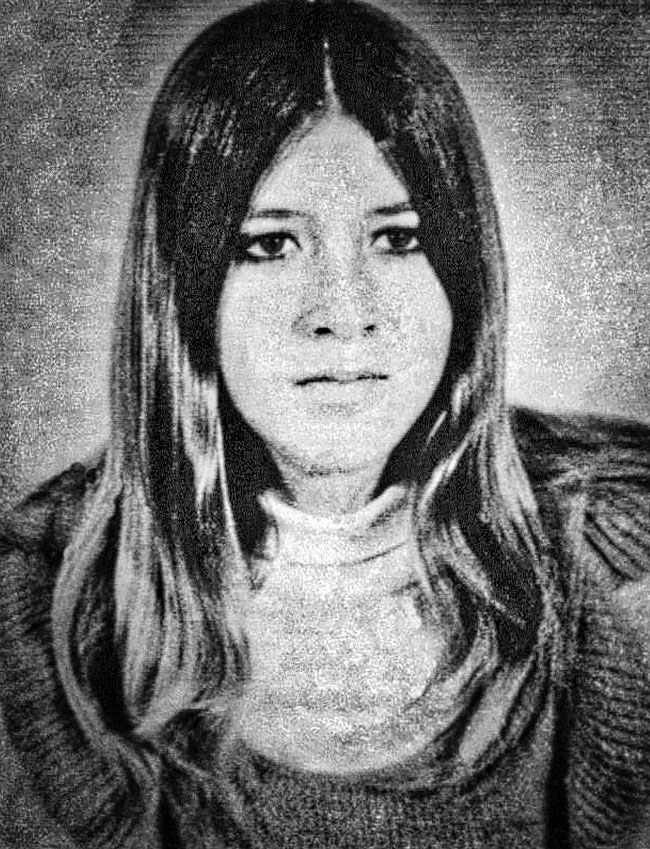
On October 31, Laura Ann Aime, also 17, disappeared 25 miles (40 km) south in Lehi after leaving a café just after midnight. Her naked body was found by hikers 9 miles (14 km) to the northeast in American Fork Canyon on Thanksgiving Day. Both women had been beaten, raped, sodomized, and strangled with nylon stockings. Years later, Bundy described his postmortem rituals with the corpses of Smith and Aime, including hair shampooing and application of makeup.
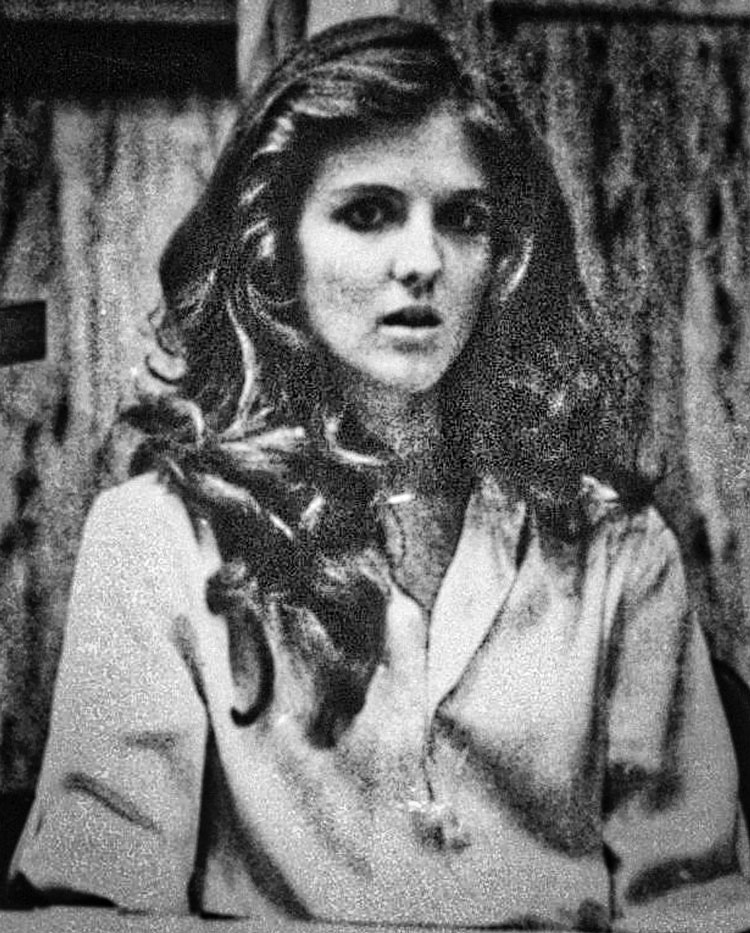
In the late afternoon of November 8, Bundy approached 18-year-old telephone operator Carol DaRonch at Fashion Place Mall in Murray, less than a mile from the Midvale restaurant where Melissa Smith was last seen. He identified himself as "Officer Roseland" of the Murray Police Department and told DaRonch that someone had attempted to break into her car. He asked her to accompany him to the station to file a complaint. When DaRonch pointed out to Bundy that he was driving on a road that did not lead to the police station, he immediately pulled to the shoulder and attempted to handcuff her. During their struggle, he fastened both handcuffs to the same wrist, and DaRonch was able to open the car door and escape.
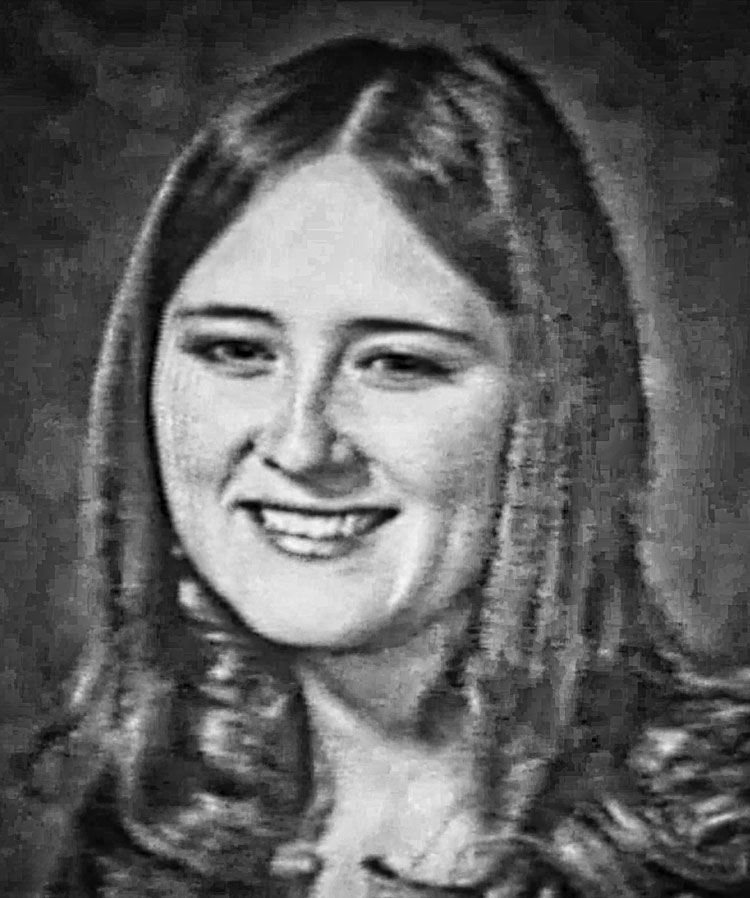
Later that evening, Debra Jean Kent, a 17-year-old student at Viewmont High School in Bountiful, 20 miles (30 km) north of Murray, disappeared after leaving a theater production at the school to pick up her brother. The school's drama teacher and a student told police that "a stranger" had asked each of them to come out to the parking lot to identify a car. Another student later saw the same man pacing in the back of the auditorium, and the drama teacher saw him again shortly before the end of the play. Outside the auditorium, investigators found a key that fit the handcuffs removed from Carol DaRonch's wrist.
In November, Elizabeth Kloepfer called King County police again after reading that young women were now disappearing in and around Salt Lake City. Detective Randy Hergesheimer interviewed her at length. By then, Bundy had risen markedly on the King County hierarchy of suspicion, but the Lake Sammamish witness detectives considered most reliable didn't identify him in a photo lineup.
In December, Kloepfer called the Salt Lake County Sheriff's Office and repeated her suspicions. Bundy's name was added to their list of suspects, but at that time no credible evidence linked him to the Utah crimes. In January 1975, Bundy returned to Seattle after his final exams and spent a week with Kloepfer, who didn't tell him she'd reported him to police three times. She also made plans to visit him in Salt Lake City in August.
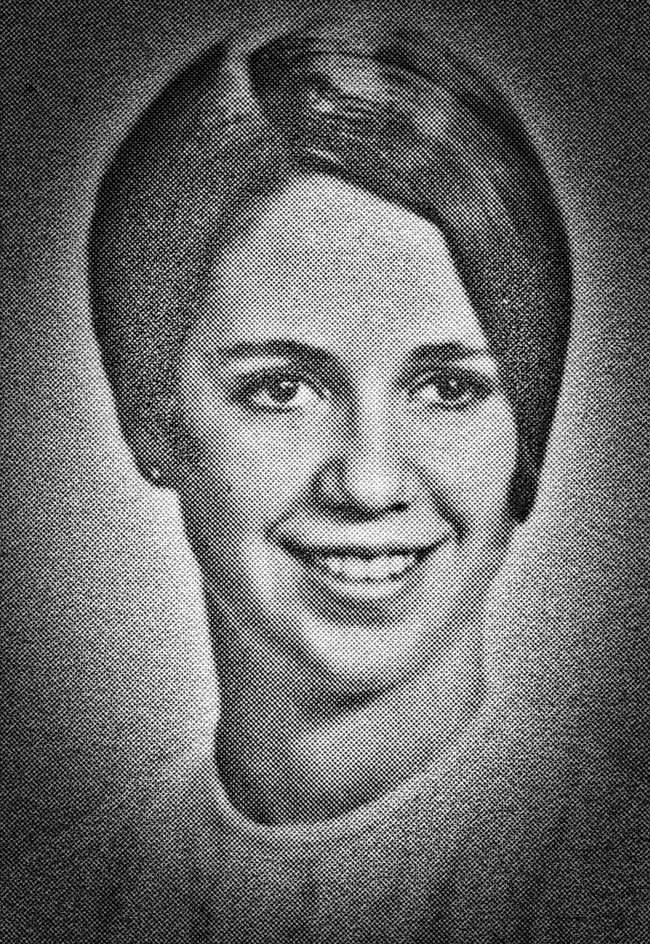
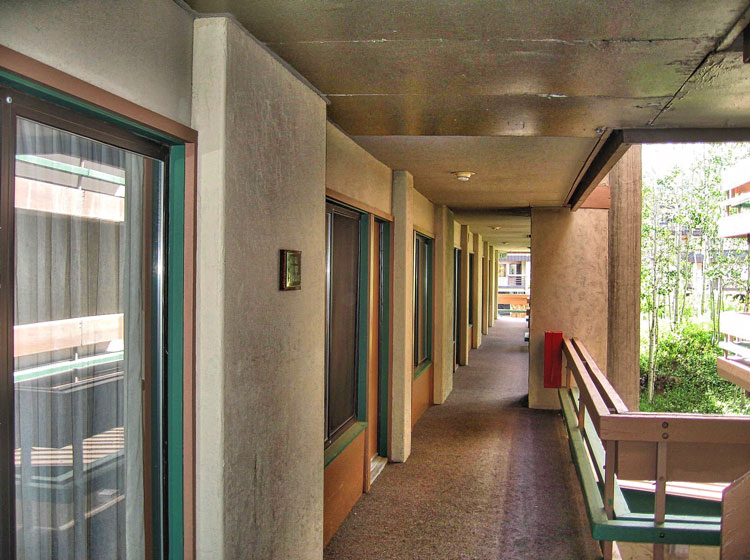
In 1975, Bundy shifted much of his criminal activity eastward, from his base in Utah to Colorado. On January 12, a 23-year-old registered nurse named Caryn Eileen Campbell disappeared while walking down a well-lit hallway between the elevator and her room at the Wildwood Inn (now the Wildwood Lodge) in Snowmass Village, 400 miles (640 km) southeast of Salt Lake City. Her nude body was found a month later next to a dirt road just outside the resort. She had been killed by blows to her head from a blunt instrument that left distinctive linear grooved depressions on her skull; her body also bore deep cuts from a sharp weapon.
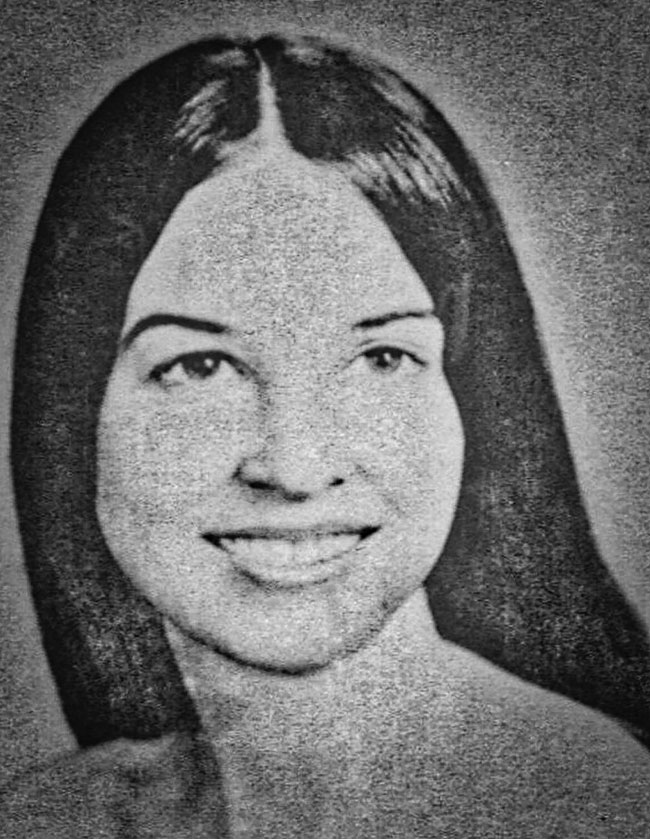
On March 15, 100 miles (160 km) northeast of Snowmass, Vail ski instructor Julie Cunningham, 26, disappeared while walking from her apartment to a dinner date with a friend. Bundy later told Colorado investigators that he approached Cunningham on crutches and asked her to help carry his ski boots to his car, where he clubbed and handcuffed her, then assaulted and strangled her at a secondary site near Rifle, 90miles (140 km) west of Vail. Weeks later, he made the six-hour drive from Salt Lake City to revisit her remains.
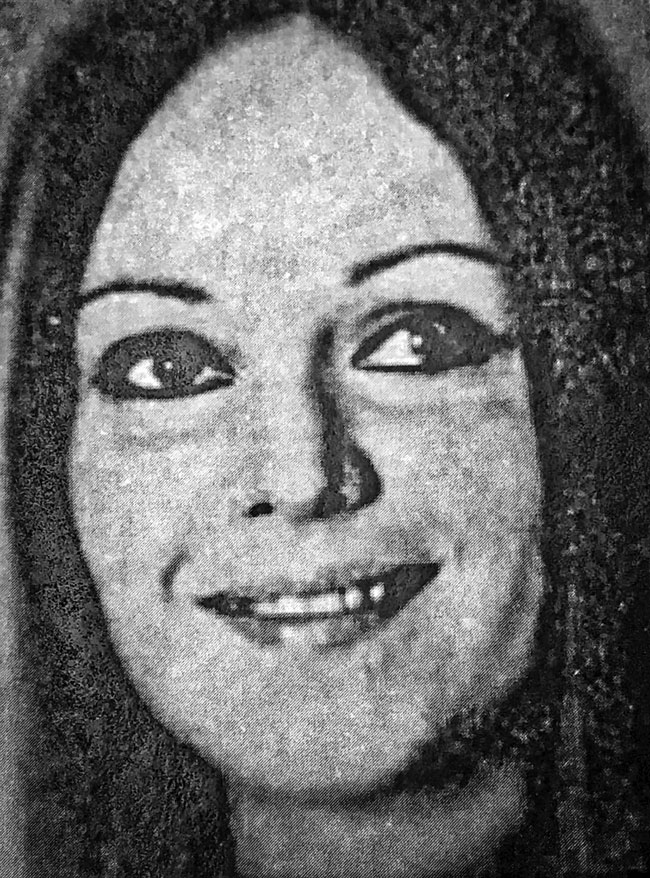
Denise Lynn Oliverson, 25, disappeared near the Utah–Colorado border in Grand Junction on April 6 while riding her bicycle to her parents' house; her bike and sandals were found under a viaduct near a railroad bridge. On May 6, Bundy lured 12-year-old Lynette Dawn Culver from Alameda Junior High School in Pocatello, Idaho, 160 miles (255 km) north of Salt Lake City. He drowned and then sexually assaulted her in his hotel room, before disposing of her body in a river north of Pocatello (possibly the Snake).
In mid-May, three of Bundy's Washington State DES coworkers, including Carole Ann Boone, visited him in Salt Lake City and stayed for a week in his apartment. Bundy subsequently spent a week in Seattle with Kloepfer in early June and they discussed getting married the following Christmas. Again, Kloepfer made no mention of her multiple discussions with the King County Police and Salt Lake County Sheriff's Office, and Bundy disclosed neither his ongoing relationship with Boone nor a concurrent romance with a Utah law student known in various accounts as Kim Andrews or Sharon Auer.
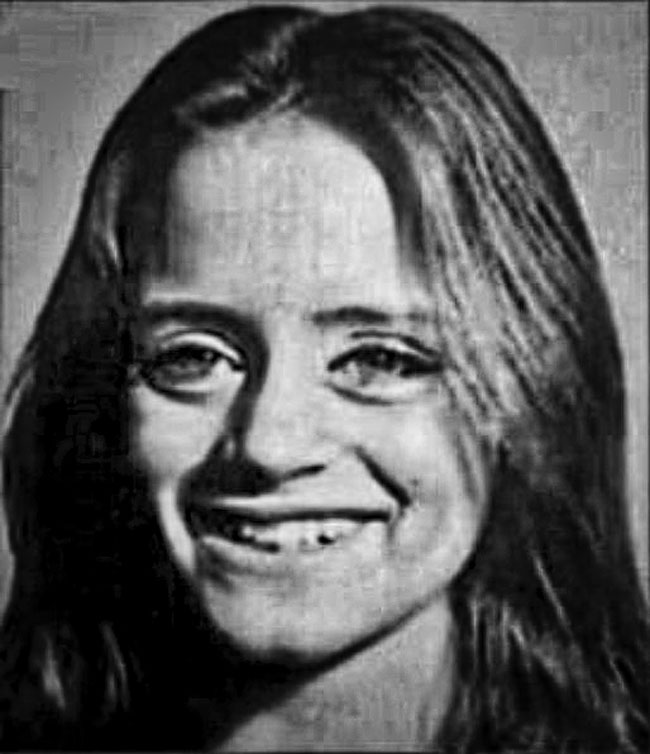
On June 28, Susan Curtis vanished from the campus of Brigham Young University in Provo, 45 miles (70 km) south of Salt Lake City. Curtis' murder became Bundy's last confession, tape-recorded moments before he entered the execution chamber. The bodies of Wilcox, Kent, Cunningham, Oliverson, Culver, and Curtis were never recovered.
In August or September 1975, Bundy was baptized into The Church of Jesus Christ of Latter-day Saints, although he didn't take part in services and ignored most church restrictions. He would later be excommunicated by the LDS Church following his 1976 kidnapping conviction. When asked his religious preference after his arrest, Bundy answered "Methodist", the religion of his childhood.
In Washington state, investigators still struggled to analyze the Pacific Northwest murder spree that had ended as abruptly as it began. In an effort to make sense of an overwhelming mass of data, they resorted to the then-innovative strategy of compiling a database. They used the King County payroll computer, a "huge, primitive machine" by contemporary standards, but the only one available to them. After inputting the many lists they'd compiled — classmates and acquaintances of each victim, Volkswagen owners named "Ted", known sex offenders, and so on — they queried the computer for coincidences. Out of thousands of names, 26 turned up on four separate lists; one was Ted Bundy. Detectives also manually compiled a list of their 100 "best" suspects, and Bundy was on that list too. He was "literally at the top of the pile" of suspects when word came from Utah of his arrest.
On August 16, 1975, Bundy was arrested by Utah Highway Patrol officer Bob Hayward in Granger (another Salt Lake City suburb). Hayward had observed Bundy cruising a residential area in the pre-dawn hours; Bundy fled at high speed after seeing the patrol car. The officer searched the car after he noticed that the Volkswagen's front passenger seat had been removed and placed on the rear seats.
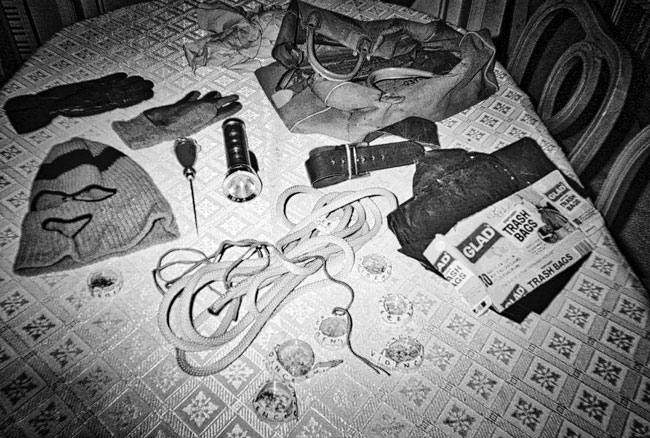
He found a ski mask, a second mask fashioned from pantyhose, a crowbar, handcuffs, trash bags, a coil of rope, an ice pick, and other items initially assumed to be burglary tools. Bundy explained that the ski mask was for skiing, he had found the handcuffs in a dumpster, and the rest were common household items. However, Detective Jerry Thompson remembered a similar suspect and car description from the November 1974 DaRonch kidnapping, which matched Bundy's name from Kloepfer's December 1974 phone call. In a search of Bundy's apartment, police found a guide to Colorado ski resorts with a checkmark by the Wildwood Inn and a brochure that advertised the Viewmont High School play in Bountiful, where Debra Kent had disappeared. The police did not have sufficient evidence to detain Bundy, and he was released on his own recognizance. Bundy later said that searchers missed a collection of Polaroid photographs of his victims; he destroyed the photographs after he was released.
Salt Lake City police put Bundy on 24-hour surveillance. Thompson flew to Seattle with two other detectives to interview Kloepfer. She told them that in the year prior to Bundy's move to Utah, she'd discovered objects that she "couldn't understand" in her house and in Bundy's apartment. These included crutches, a bag of plaster of Paris that he admitted stealing from a medical supply house, and a meat cleaver that he never used for cooking. Additional objects included surgical gloves, an Oriental knife in a wooden case that he kept in his glove box, and a sack full of women's clothing. Bundy was perpetually in debt, and Kloepfer suspected that he'd stolen almost everything of consequence that he possessed. When she confronted him over a new TV and stereo, he warned her, "If you tell anyone, I'll break your fucking neck." She said Bundy became "very upset" whenever she considered cutting her hair, which was long and parted in the middle. She would sometimes awaken in the middle of the night to find him under the bed covers with a flashlight, examining her body. He kept a lug wrench, taped halfway up the handle, in the trunk of her car — another Volkswagen Beetle, which he often borrowed — "for protection". Detectives confirmed that Bundy had not been with Kloepfer on any of the nights any Pacific Northwest victim had vanished, nor on the day Ott and Naslund were abducted. Shortly thereafter, Kloepfer was interviewed by Seattle homicide detective Kathy McChesney, and learned of the existence of Diane Edwards and her brief engagement to Bundy.
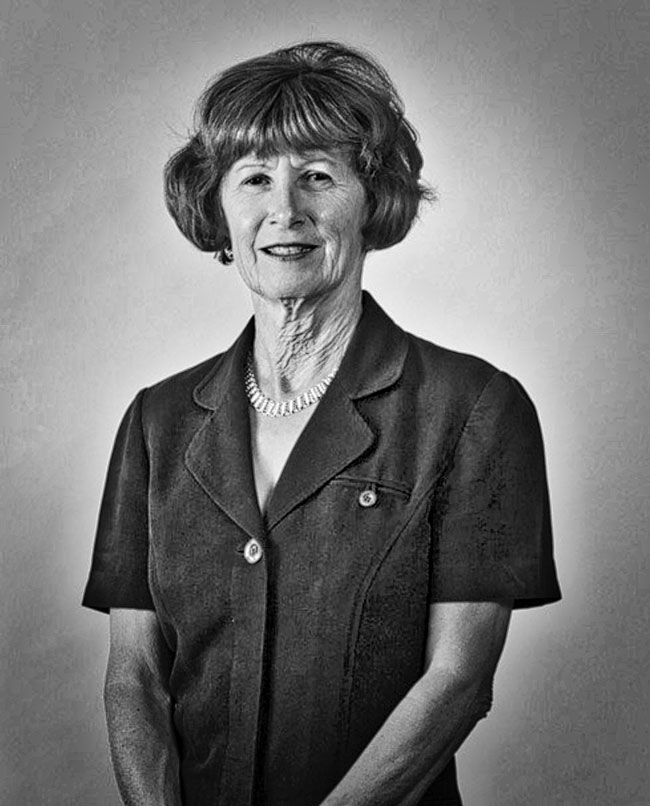
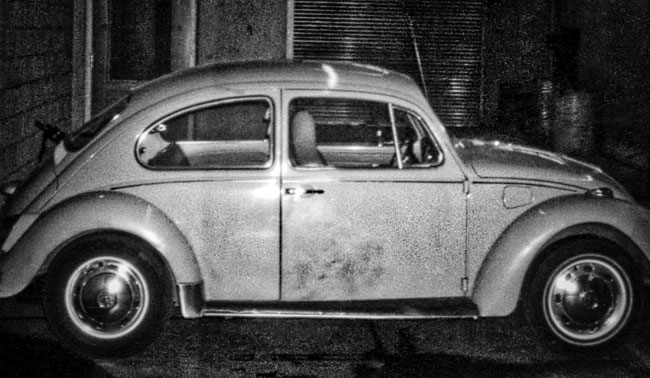
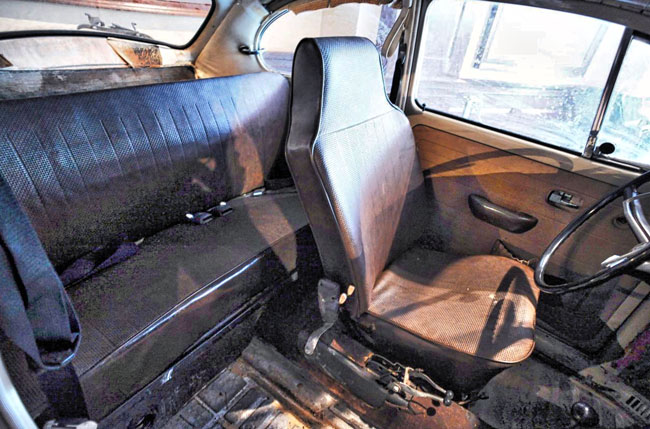
In September, Bundy sold his Volkswagen Beetle to a Midvale teenager. Utah police promptly impounded it, and FBI technicians dismantled and searched it. They found hairs matching samples obtained from Caryn Campbell's body. Later, they also identified hair strands "microscopically indistinguishable" from those of Melissa Smith and Carol DaRonch. FBI lab specialist Robert Neill concluded that the presence of hair strands in one car matching three different victims who had never met one another would be "a coincidence of mind-boggling rarity".
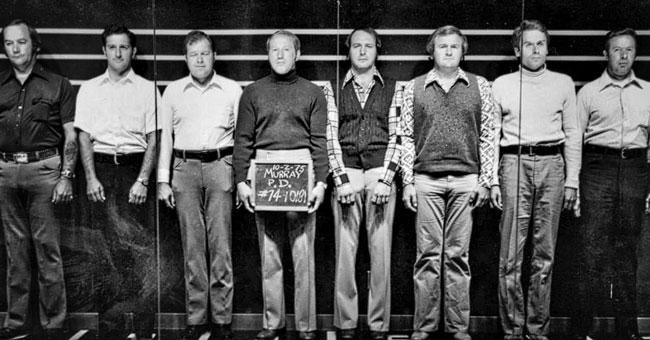
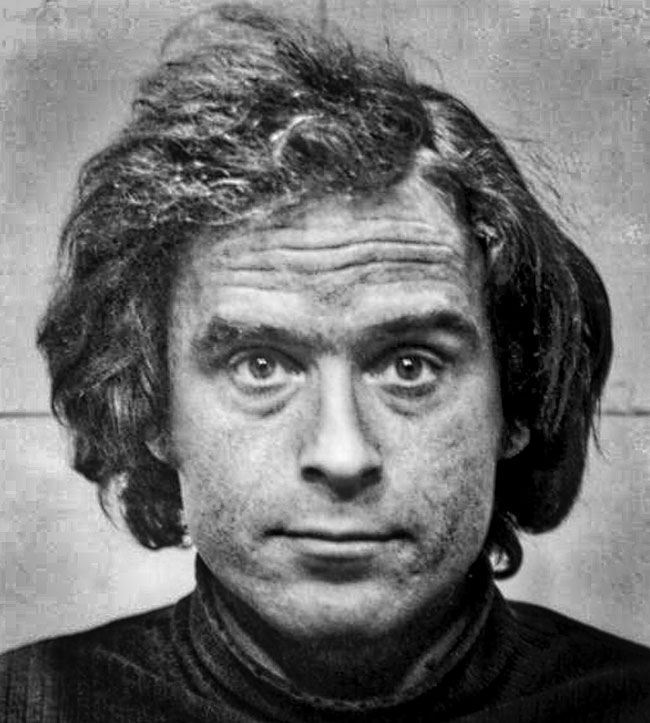
On October 2, detectives put Bundy into a lineup. DaRonch immediately identified him as "Officer Roseland". In the same lineup, witnesses from Bountiful picked him as the stranger who lurked about the high school auditorium. There was insufficient evidence to link him to Debra Kent (only later a patella bone found near where Bundy said he had left her body was identified in 2015 as Debra's by DNA analysis), but more than enough evidence to charge him with aggravated kidnapping and attempted criminal assault in the DaRonch case. He was freed on $15,000 bail, paid by his parents, and spent most of the time between indictment and trial in Seattle, living in Kloepfer's house. Seattle police didn't have enough evidence to charge him in the Pacific Northwest murders, but kept him under close surveillance. "When Ted and I stepped out on the porch to go somewhere," Kloepfer wrote, "so many unmarked police cars started up that it sounded like the beginning of the Indy 500."
In November, the three principal Bundy investigators — Jerry Thompson from Utah, Robert Keppel from Washington, and Michael Fisher from Colorado — met in Aspen, Colorado and exchanged information with 30 detectives and prosecutors from five states. While officials left the meeting (later known as the Aspen Summit) convinced that Bundy was the murderer they sought, they agreed that more hard evidence was needed before he could be charged with any of the murders.
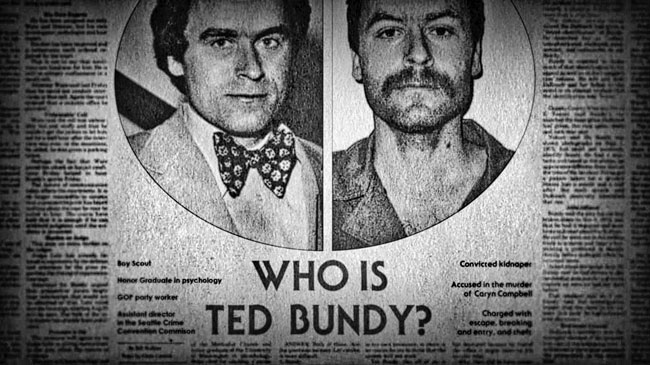
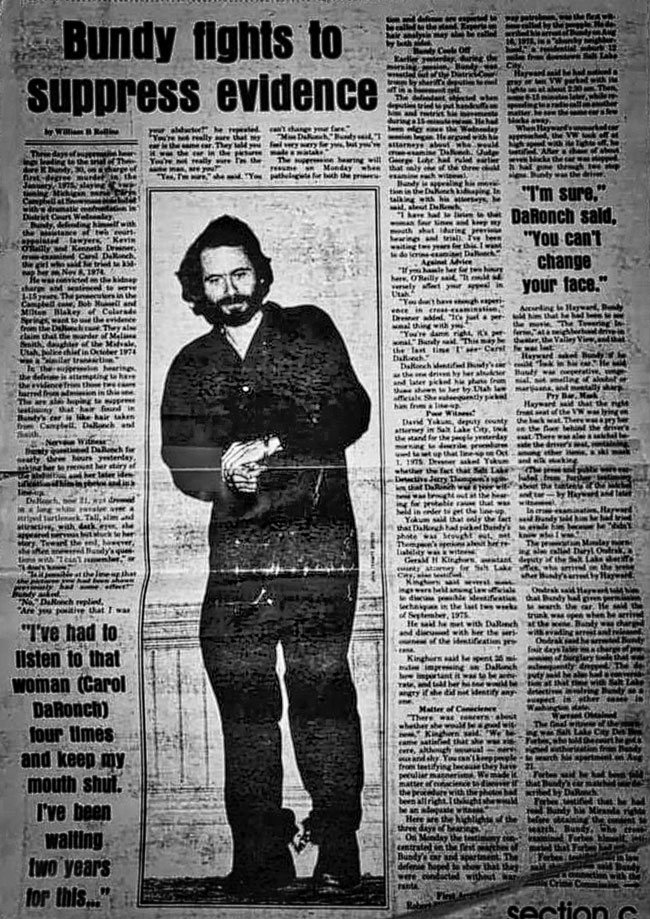
On February 23, 1976, Bundy stood trial for the DaRonch kidnapping. On the advice of his attorney, John O'Connell, he waived his right to a jury due to the negative publicity surrounding the case. On March 1, after a four-day bench trial and a weekend of deliberation, Judge Stewart Hanson Jr. found him guilty of kidnapping and assault. On June 30, he was sentenced to serve a minimum of one to a maximum of 15 years in the Utah State Prison. In October, he was found hiding in bushes in the prison yard carrying an "escape kit" — road maps, airline schedules, and a social security card — and spent several weeks in solitary confinement. Later that month, Colorado authorities charged him with Caryn Campbell's murder. After some resistance, he waived extradition and was transferred to Aspen in January 1977.
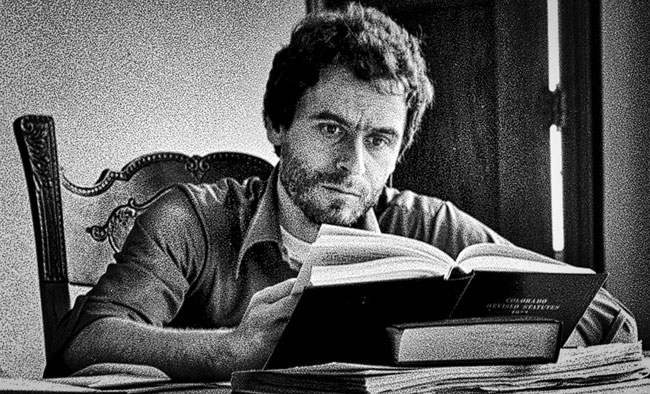

On June 7, 1977, Bundy was transported 40 miles (64 km) from the Garfield County jail in Glenwood Springs to Pitkin County Courthouse in Aspen for a preliminary hearing. Because he'd chosen to serve as his own attorney, the judge excused him from wearing handcuffs or leg shackles. During a recess, he asked to visit the courthouse's law library to research his case. Once there, Bundy hid behind a bookcase, saw that the room was empty, opened a window, and jumped from the second story, spraining his ankle when he hit the ground.
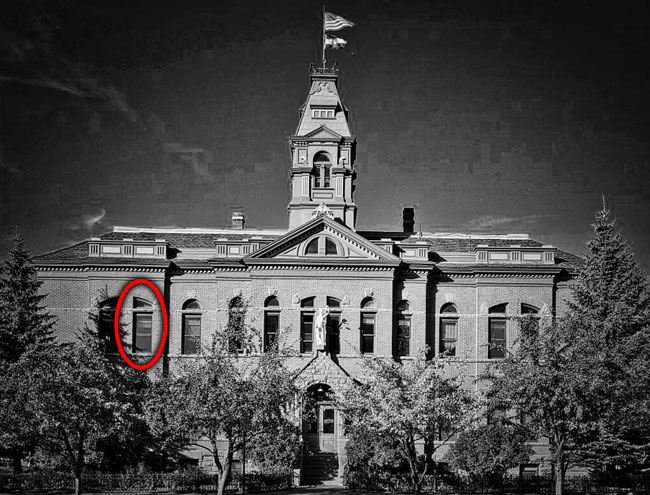
After removing an outer layer of clothing he walked through Aspen while roadblocks were set up on its outskirts, then hiked southward onto Aspen Mountain. Near its summit he broke into a hunter's empty cabin and stole food, clothing, and a rifle. The next day he left and continued south toward the town of Crested Butte, but became lost in the forest. For two days he wandered, missing two trails that would've led him downward to his intended destination. On June 10, he broke into a camping trailer, taking food and a ski parka; but instead of continuing southward, he walked back north toward Aspen, eluding roadblocks and search parties along the way. Three days later, he stole a car at the edge of Aspen Golf Course. Cold, sleep-deprived, and in constant pain from his sprained ankle, he drove back into Aspen, where two police officers noticed his car weaving in and out of its lane and pulled him over. He'd been a fugitive for six days. In the car were maps of the mountain area around Aspen that prosecutors were using to demonstrate the location of Caryn Campbell's body (as his own attorney, Bundy had rights of discovery), revealing that his escape had been planned.
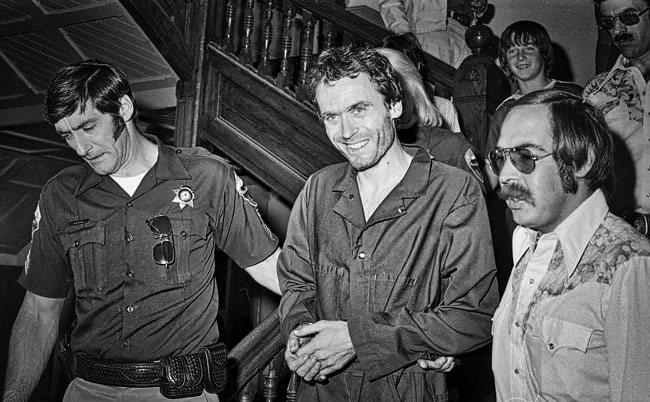
Back in jail in Glenwood Springs, Bundy spurned the advice of friends and legal advisors to stay put. The case against him, already weak, seemed to be falling apart as pretrial motions consistently favored him and key pieces of evidence were ruled inadmissible. "A more rational defendant might have realized that he stood a good chance of acquittal, and that beating the murder charge in Colorado would probably have dissuaded other prosecutors... with as little as a year and a half to serve on the DaRonch conviction, had Ted persevered, he could have been a free man."
Instead, Bundy worked on a new escape plan. He obtained a detailed floor plan of the jail and a hacksaw blade from other inmates, and saved $500 in cash, smuggled in over a six-month period, he later said, by visitors — Carole Ann Boone in particular. In the evening, while other prisoners showered, he sawed a hole about one foot square between the steel reinforcing bars in his cell's ceiling and, having lost 35 pounds (16 kg), wriggled through it into the crawl space above. In the weeks that followed he made several practice runs, exploring the space. Repeated reports from an informant of movement within the ceiling during the night were ignored by jailers.
By late 1977, Bundy's upcoming trial had become a cause célèbre in Aspen, and he filed a motion for a change of venue to Denver. On December 23 the Aspen trial judge granted the request — but to Colorado Springs, where juries had historically been much more hostile to murder suspects. On the night of December 30, with most of the jail staff on Christmas break and nonviolent prisoners on furlough with their families, Bundy piled books and files in his bed, covered them with a blanket to simulate his sleeping body, and climbed into the crawl space. He broke through the ceiling into the apartment of the chief jailer — who was out for the evening with his wife — changed into street clothes from the jailer's closet, and walked out the front door a free man.
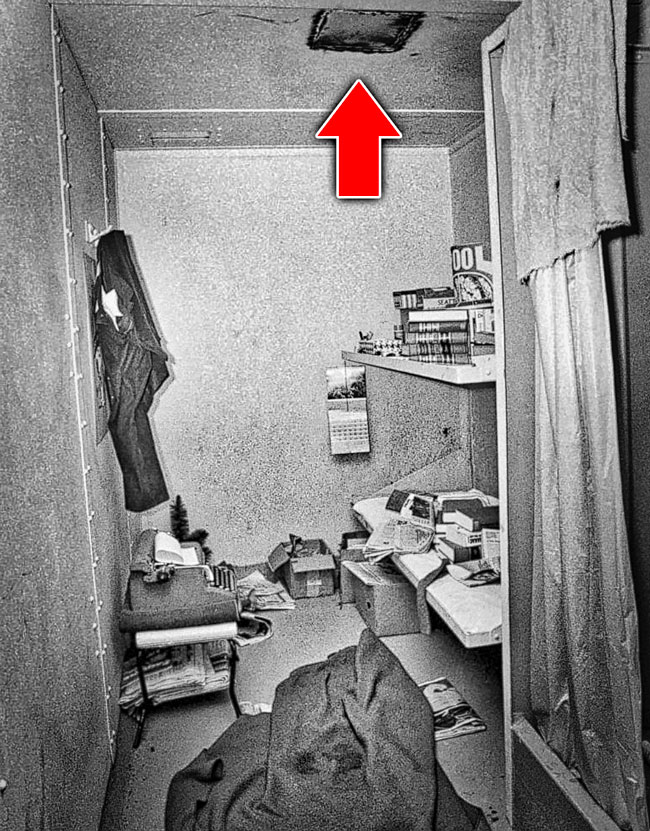
After stealing a car, Bundy drove eastward out of Glenwood Springs, but it broke down in the mountains on Interstate 70. A passing motorist gave him a ride into Vail. From there he caught a bus to Denver, where he boarded a morning flight to Chicago. In Glenwood Springs, the jail's skeleton crew didn't discover the escape until noon on December 31, more than 17 hours later. By then Bundy was in Chicago.
From Chicago, Bundy traveled by train to Ann Arbor, Michigan. There, on January 2 in a local tavern, he watched his alma mater UW defeat Michigan in the Rose Bowl. Five days later he stole a car and drove to Atlanta, where he boarded a bus and arrived in Tallahassee, Florida, on the morning of January 8. He rented a room under the alias Chris Hagen at a boarding house near the Florida State University (FSU) campus. Bundy later claimed that he initially resolved to find legitimate employment and refrain from further criminal activity, knowing he could probably remain free and undetected in Florida indefinitely as long as he did not attract the attention of police; but his lone job application, at a construction site, had to be abandoned when he was asked to produce identification. He quickly reverted to his old habits of shoplifting and stealing credit cards from women's wallets left in shopping carts. Nor could he resist the lure of his other old habits.
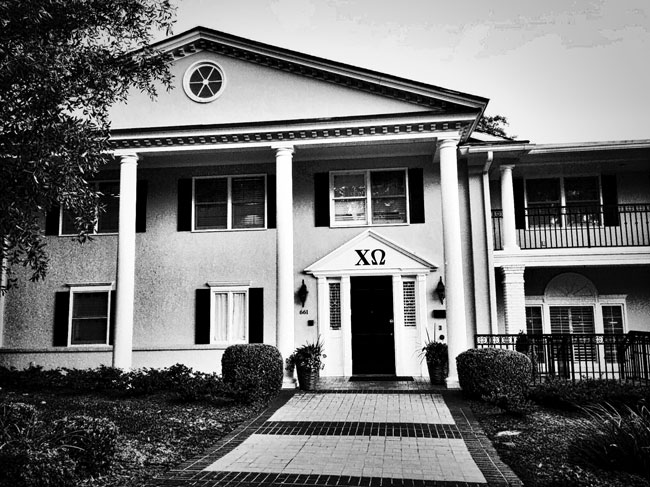
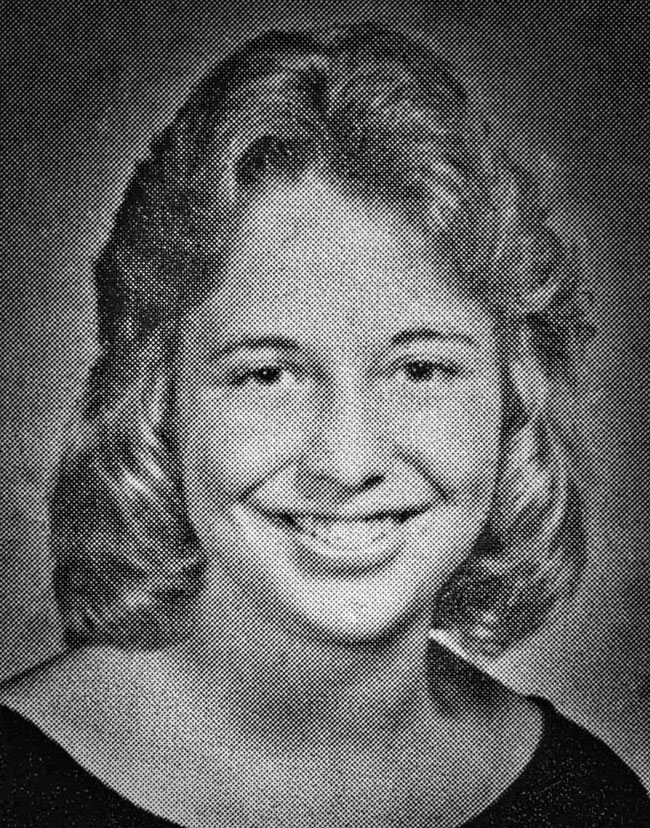
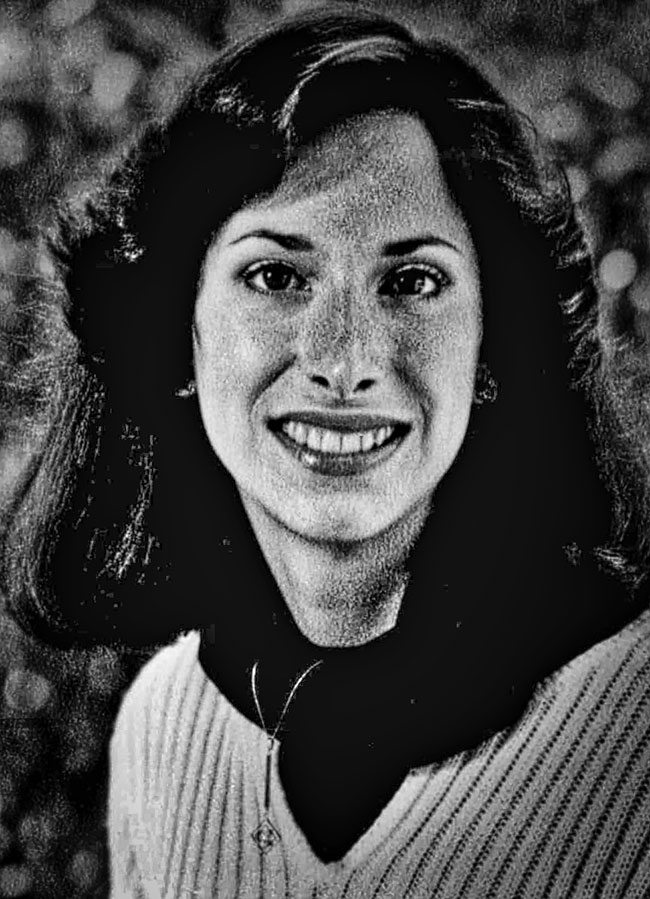
In the early hours of January 15, 1978 — one week after his arrival in Tallahassee — Bundy entered FSU's Chi Omega sorority house through a rear door with a faulty lock. Beginning at about 2:45 a.m. he bludgeoned Margaret Bowman, 21, with a piece of oak firewood as she slept, then garroted her with a nylon stocking. He then entered the bedroom of 20-year-old Lisa Levy and beat her unconscious, strangled her, tore one of her nipples, bit deeply into her left buttock, and sexually assaulted her with a hair mist bottle. In an adjoining bedroom he attacked Kathy Kleiner, breaking her jaw and deeply lacerating her shoulder; and Karen Chandler, who suffered a concussion, broken jaw, loss of teeth, and a crushed finger. Kathy Kleiner, who described seeing only a silhouette of a man wielding a club, attributed her survival to the headlights of the car bringing Nita Neary back to the house, which lit up Kleiner and Chandler's room. Tallahassee detectives later determined that the four attacks took place in the space of less than 15 minutes, and within the earshot of more than 30 witnesses who heard nothing. After leaving the sorority house, Bundy broke into a basement apartment eight blocks away and attacked FSU student Cheryl Thomas, dislocating her shoulder and fracturing her jaw and skull in five places. She was left with permanent deafness, and equilibrium damage that ended her dance career. On Thomas' bed, police found a semen stain and a pantyhose "mask" containing two hairs "similar to Bundy's in class and characteristic".
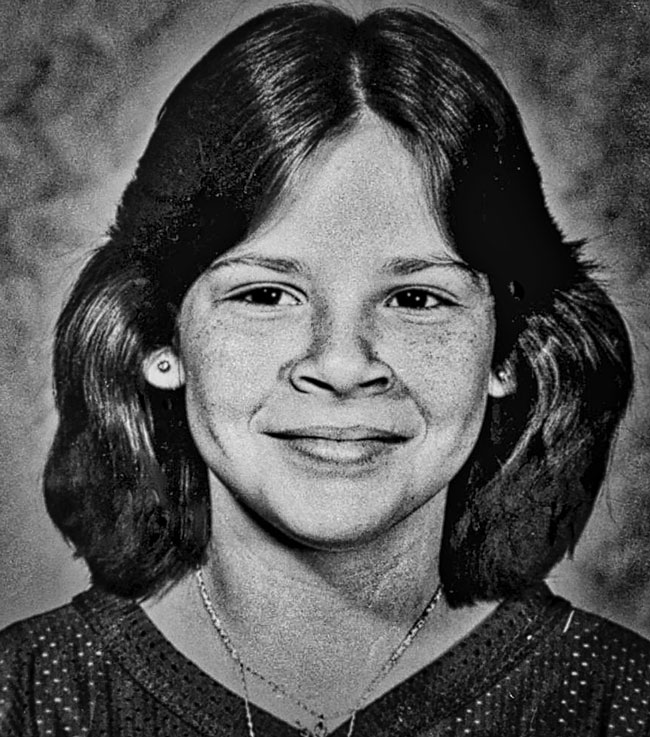
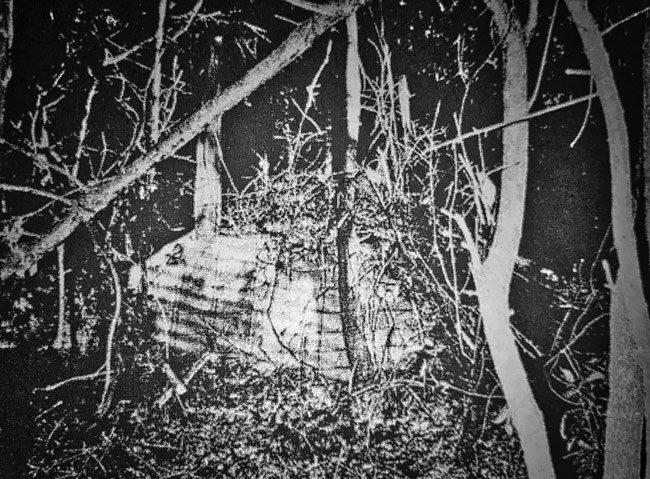
At Lake City Junior High School on February 9, 12-year-old Kimberly Diane Leach was summoned to her homeroom by a teacher to retrieve a forgotten purse; she never returned to class. Seven weeks later, after an intensive search, her partially mummified remains were found in a pig farrowing shed near Suwannee River State Park, 35 miles (56 km) northwest of Lake City.
On February 12, with insufficient cash to pay his overdue rent and a growing feeling that police were closing in on him, Bundy stole a car and fled Tallahassee, heading westward across the Florida Panhandle. Three days later, at around 1:00 am, he was stopped by Pensacola police officer David Lee near the Alabama state line after a "wants and warrants" check showed his Volkswagen Beetle was stolen. Told he was under arrest, Bundy kicked Lee's legs out from under him and took off running. Lee fired a warning shot followed by a second round, gave chase and tackled him. The two struggled over Lee's gun before the officer finally subdued and arrested Bundy. In the stolen car were three sets of IDs belonging to female FSU students, 21 stolen credit cards and a stolen television set. Also found were a pair of dark-rimmed non-prescription glasses and a pair of plaid slacks, later identified as the disguise worn by "Richard Burton, Fire Department" in a previous abduction attempt by Bundy, in Jacksonville, of Leslie Parmenter — which was only thwarted by the propitious appearance on the spot of the young girl's older brother. As police officer Lee transported his suspect to jail, unaware that he had just arrested one of the FBI Ten Most Wanted Fugitives, he heard Bundy say, "I wish you had killed me." From that point on, until the end of his life, Bundy would remain in law enforcement custody.
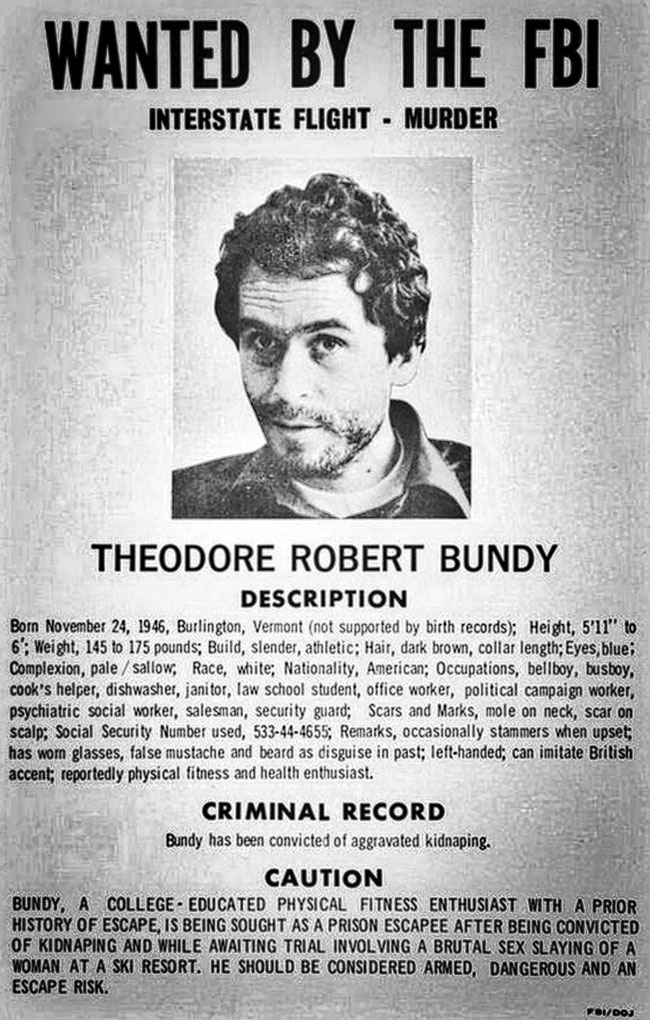
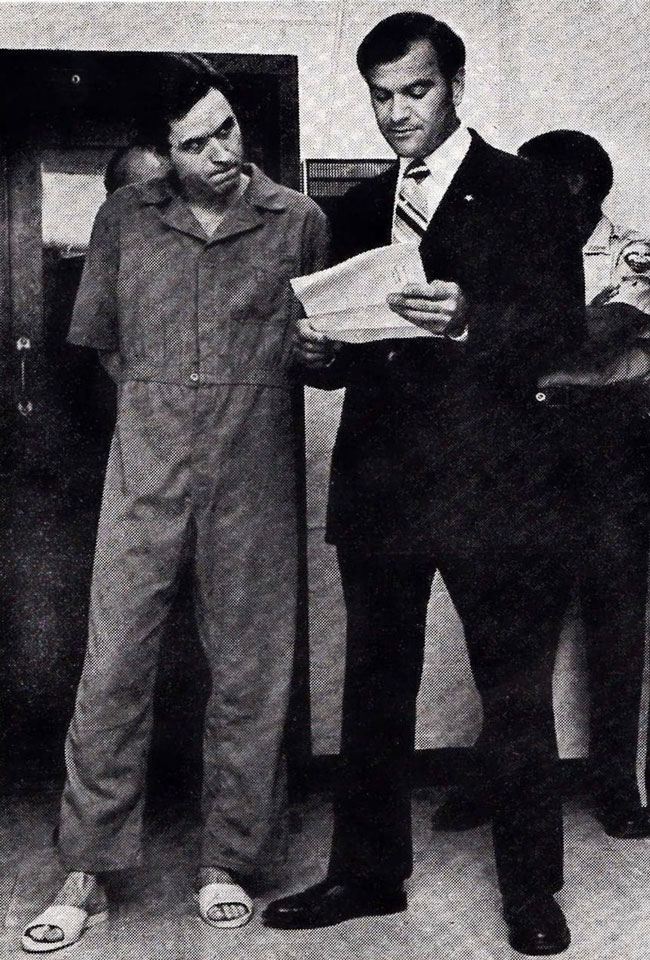
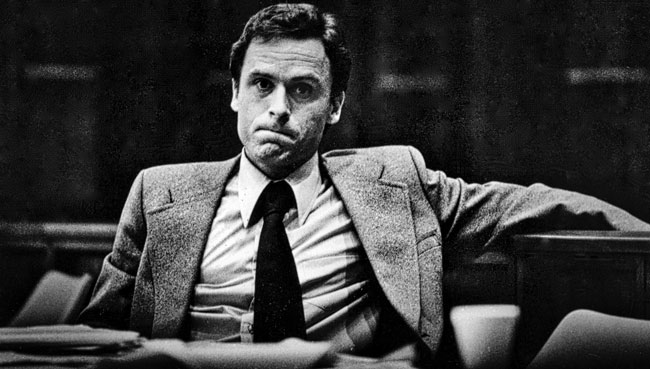
Following a change of venue to Miami, Bundy stood trial for the Chi Omega homicides and assaults in June 1979. The trial was covered by 250 reporters from five continents and was the first to be televised nationally in the United States. Despite the presence of five court-appointed attorneys, Bundy again handled much of his own defense. From the beginning, he "sabotaged the entire defense effort out of spite, distrust, and grandiose delusion", Nelson later wrote. "Ted facing murder charges, with a possible death sentence, and all that mattered to him apparently was that he be in charge."
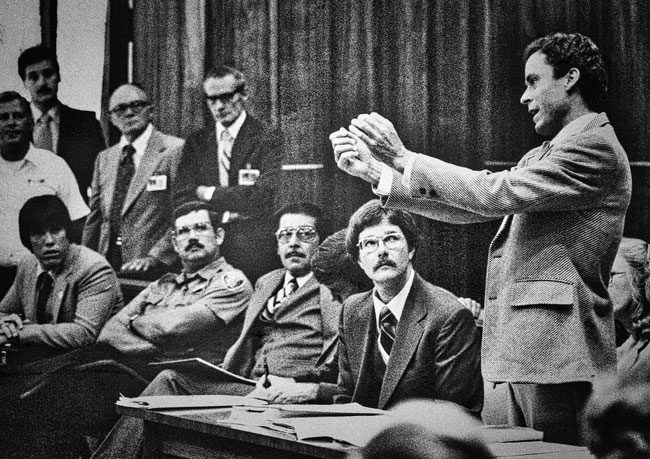
According to Mike Minerva, a Tallahassee public defender and member of the defense team, a pre-trial plea bargain was negotiated in which Bundy could have pled guilty to killing Levy, Bowman and Leach in exchange for a 75-year prison sentence. Prosecutors were amenable, by one account, because "prospects of losing at trial were very good." Bundy, on the other hand, saw it not only as a way to avoid the death penalty, but also as a tactical move: he could enter his plea, and then wait — for years, if necessary — for evidence to disintegrate or become lost, for witnesses to die, move on, or retract their testimony. Once the case against him had sufficiently deteriorated, he could file a post-conviction motion to set aside the plea and get an acquittal. But at the last minute, he turned down the deal. "It made him realize he was going to have to stand up in front of the whole world and say he was guilty," Minerva said. "He just couldn't do it."
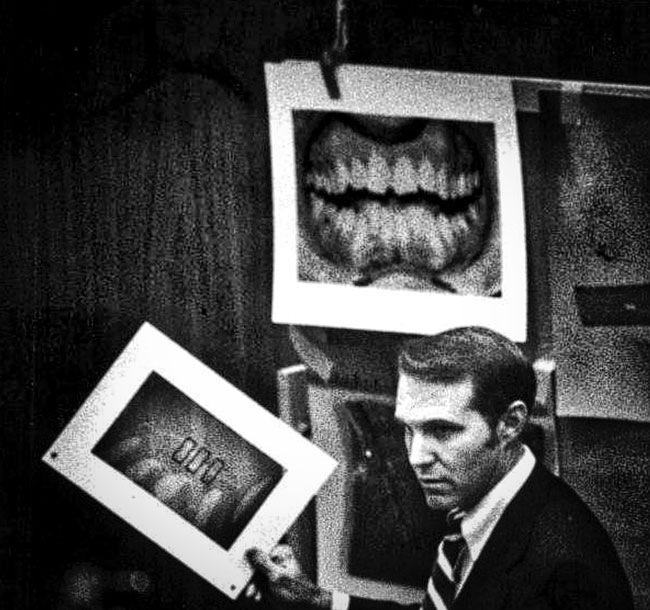
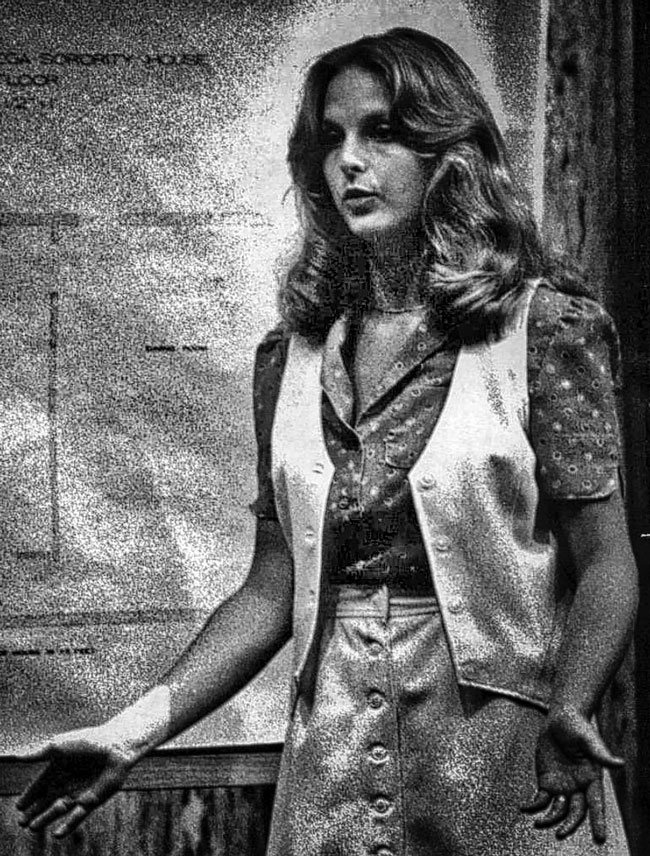
At trial, crucial testimony came from Nita Neary, who saw him leaving the sorority house clutching the oak murder weapon. Incriminating physical evidence included impressions of the bite wounds Bundy had inflicted on Lisa Levy's left buttock, which forensic odontologist Richard Souviron matched to castings of Bundy's teeth. The jury deliberated for less than seven hours before convicting him on July 24, 1979, of the Bowman and Levy murders, three counts of attempted first degree murder (for the assaults on Kleiner, Chandler and Thomas) and two counts of burglary.
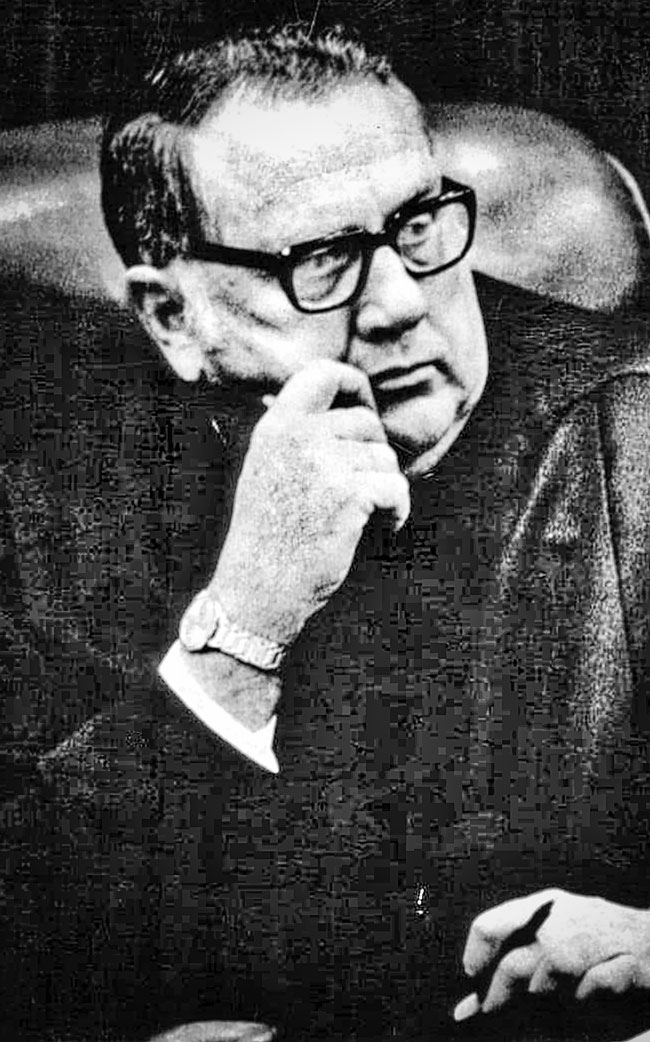
Trial judge Edward Cowart imposed death sentences for the murder convictions, and then gave Bundy one of the most striking admonitions any judge has ever given any defendant in a courtroom:
Take care of yourself, young man. I say that to you sincerely; take care of yourself. It is an utter tragedy for this court to see such a total waste of humanity, I think, as I’ve experienced in this courtroom.
You’re a bright young man. You’d have made a good lawyer and I would have loved to have you practice in front of me, but you went another way, partner. I don’t feel any animosity toward you. I want you to know that. Take care of yourself.
Six months later, a second trial took place in Orlando, for the abduction and murder of Kimberly Leach. Bundy was again found guilty, after less than eight hours' deliberation by the jury, due primarily to the testimony of an eyewitness who saw him leading Leach from the schoolyard to his stolen van. Material evidence included clothing fibers with an unusual manufacturing error, found in the van and on Leach's body, which matched fibers from the jacket Bundy was wearing when he was arrested.
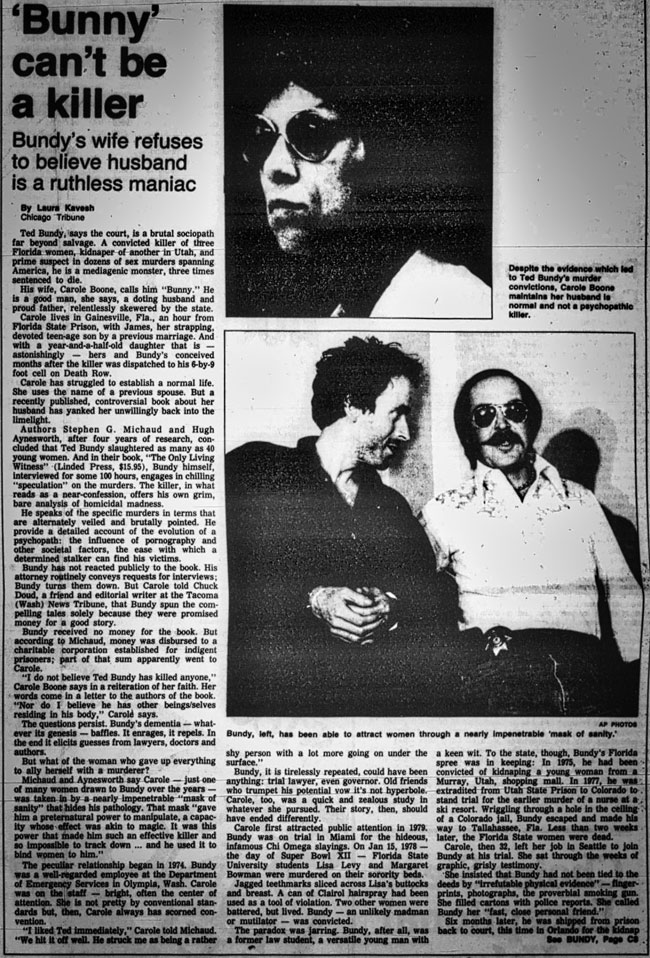
During the penalty phase of the trial, Bundy took advantage of an obscure Florida law providing that a marriage declaration in court, in the presence of a judge, constituted a legal marriage. As he was questioning former Washington State DES coworker Carole Ann Boone — who had moved to Florida to be near Bundy, and who'd testified on his behalf in both trials, and was again testifying on his behalf as a character witness — he asked her to marry him. She accepted, and Bundy declared to the court that they were now legally married.
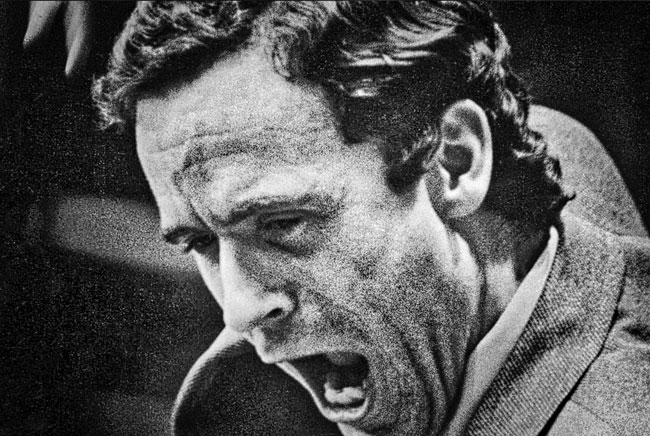
On February 10, 1980, Bundy was sentenced to death by electrocution for a third time. As the sentence was announced, he stood and shouted, "Tell the jury they were wrong!" This third death sentence was the one which would be ultimately carried out almost nine years later.
In October 1981, Boone gave birth to a daughter and named Bundy as the father. While conjugal visits were not officially allowed at Raiford Prison, inmates were known to pool their money in order to bribe guards to allow them intimate time alone with their female visitors.
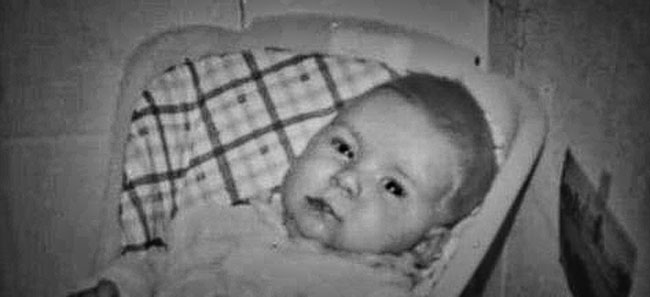
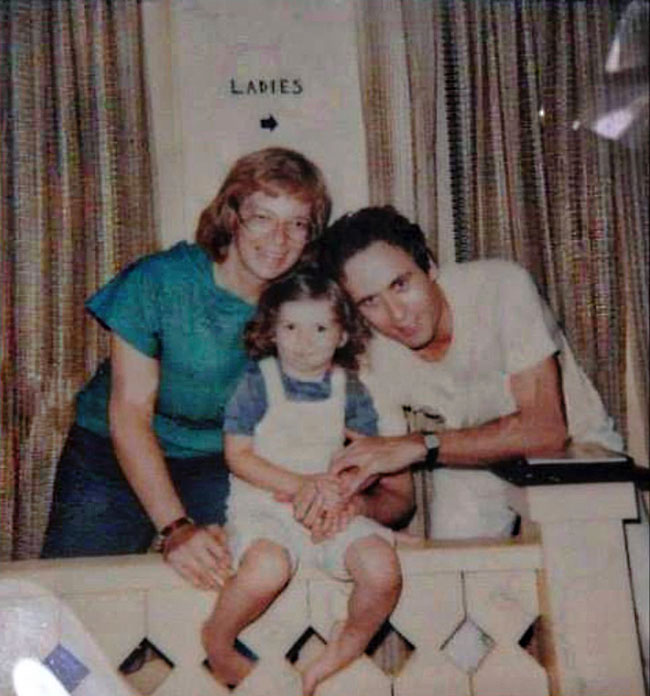
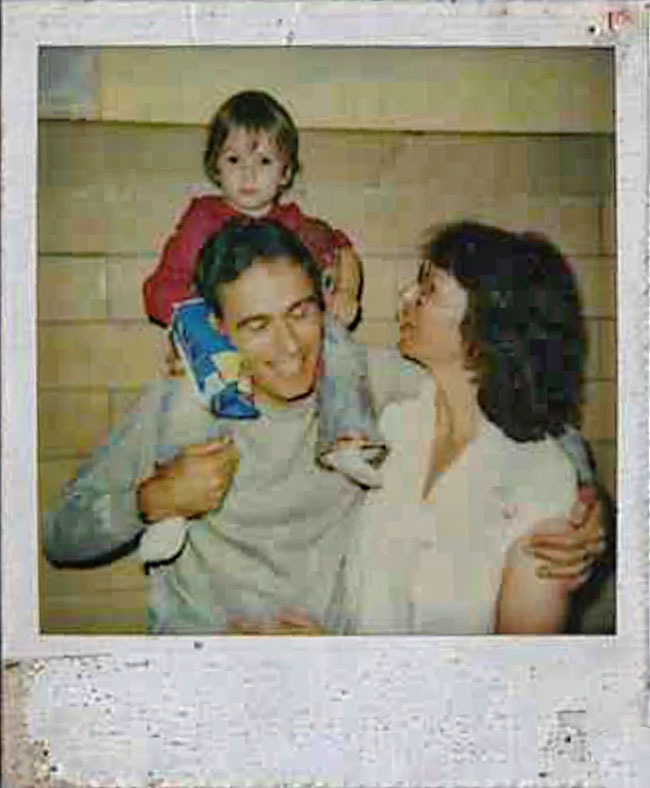

Shortly after the end of the Leach trial and the beginning of the long appeals process that followed, Bundy began a series of interviews with journalists Stephen Michaud and Hugh Aynesworth. Speaking mostly in the third person to avoid "the stigma of confession", he divulged details of his crimes and thought processes for the first time.

He recounted his career as a thief, confirming Kloepfer's long-held suspicion that he'd shoplifted virtually everything of substance that he owned. "The big payoff for me," he said, "was actually possessing whatever it was I had stolen. I really enjoyed having something ... that I had wanted and gone out and taken." Possession proved to be an important motive for rape and murder as well. Sexual assault, he said, fulfilled his need to "totally possess" his victims. At first, he killed his victims "as a matter of expediency ... to eliminate the possibility of caught"; but later, murder became part of the "adventure". "The ultimate possession was, in fact, the taking of the life", he said. "And then ... the physical possession of the remains."
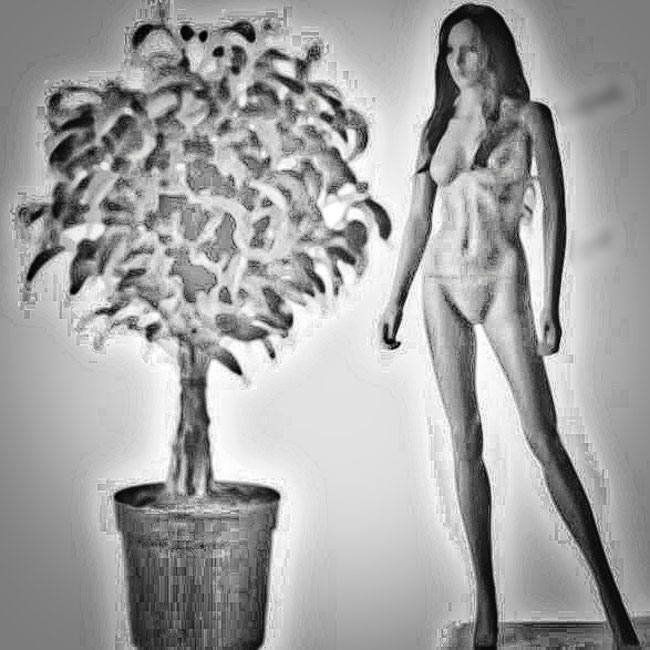
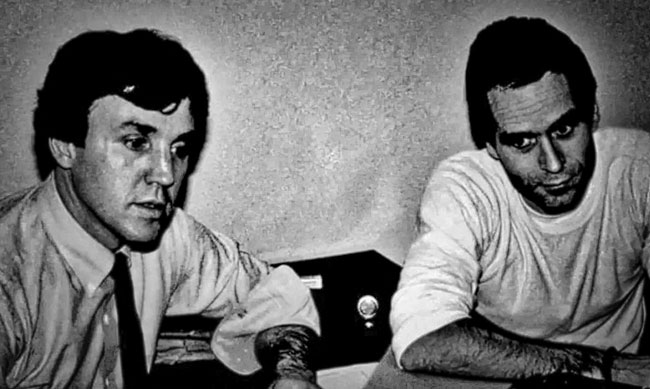
Bundy also confided in Special Agent William Hagmaier of the FBI Behavioral Analysis Unit. Hagmaier was struck by the "deep, almost mystical satisfaction" that Bundy took in murder. "He said that after a while, murder is not just a crime of lust or violence", Hagmaier related. "It becomes possession. They are part of you ... become a part of you, and you are forever one ... and the grounds where you kill them or leave them become sacred to you, and you will always be drawn back to them." Bundy told Hagmaier that he considered himself to be an "amateur", an "impulsive" killer in his early years, before moving into what he termed his "prime" or "predator" phase at about the time of Lynda Healy's murder in 1974. This implied that he began killing well before 1974 — though he never explicitly said so.
In July 1984, Raiford guards found two hacksaw blades that Bundy had hidden in his cell. A steel bar in one of the cell's windows had been sawed completely through at the top and bottom and glued back into place with a homemade soap-based adhesive. Several months later, guards found an unauthorized mirror hidden in the cell, and Bundy was again moved to a different cell. He never stopped thinking of escape.
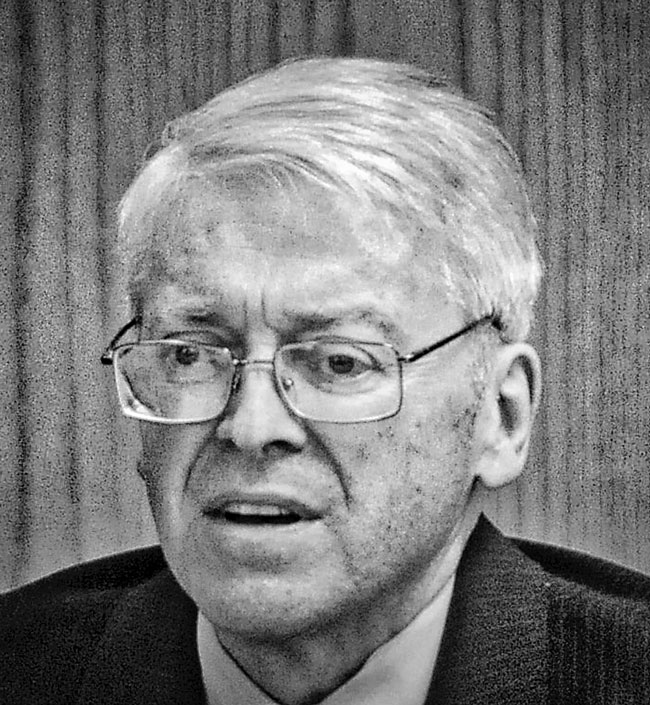
In October 1984, Bundy contacted Robert Keppel and offered to share his self-anointed expertise in serial killer psychology in the ongoing hunt in Washington for the man who would later be called the Green River Killer. Keppel and Green River Task Force detective Dave Reichert interviewed Bundy, but Gary Leon Ridgway would remain at large for a further 17 years. Keppel published a detailed documentation of the Green River interviews, and later collaborated with Michaud on another examination of the interview material. Bundy coined the nickname "The Riverman" for Gary Ridgway, which was later used for the title of Keppel's book, The Riverman: Ted Bundy and I Hunt for the Green River Killer.
In early 1986, an execution date (March 4) was set on the Chi Omega convictions; the Supreme Court issued a brief stay, but the execution was quickly rescheduled. In April, shortly after the new date (July 2) was announced, Bundy finally confessed to Hagmaier and Nelson what they believed was the full range of his depredations, including details of what he did to some of his victims after their deaths.
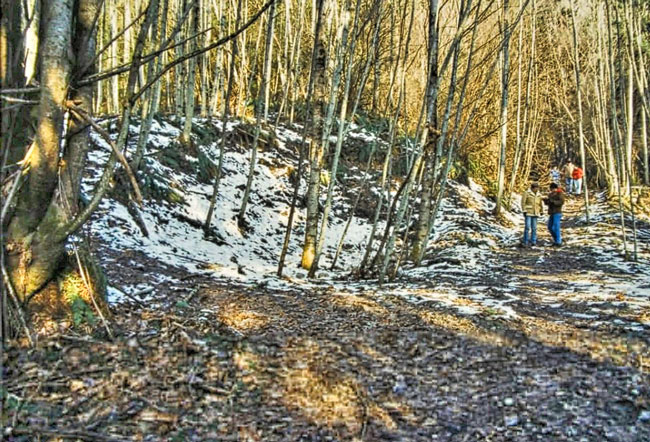
He told them that he revisited Taylor Mountain, Issaquah, and other crime scenes, often several times, to lie with his victims and perform sexual acts on their decomposing bodies until their putrefaction drove him away. In some cases, he had to drive several hours each way and remained the entire night. In Utah, he applied makeup to Melissa Smith's lifeless face, and he repeatedly washed Laura Aime's hair. "If you've got time," he told Hagmaier, "they can be anything you want them to be." He decapitated approximately 12 of his victims with a hacksaw, and kept at least one group of severed heads — probably the four later found on Taylor Mountain (Rancourt, Parks, Ball and Healy) — in his apartment for a period of time before disposing of them.
Less than 15 hours before the scheduled July 2 execution, the Eleventh Circuit Court of Appeals stayed it indefinitely and remanded the Chi Omega case for review on multiple technicalities— including Bundy's mental competency to stand trial, and an erroneous instruction by the trial judge during the penalty phase requiring the jury to break a 6–6 tie between life imprisonment and the death penalty—that, ultimately, was never resolved. A new date (November 18, 1986) was then set to carry out the Leach sentence; the Eleventh Circuit Court issued a stay on November 17. In mid-1988, the Eleventh Circuit ruled against Bundy, and in December the Supreme Court denied a motion to review the ruling. Within hours of that final denial, a firm execution date of January 24, 1989, was announced. Bundy's journey through the appeals courts had been unusually rapid for a capital murder case: Contrary to popular belief, the courts moved on Bundy as fast as they could. Even prosecutors conceded that Bundy's lawyers never resorted to delaying tactics. Though onlookers everywhere boiled with anger at the apparent delay, Ted Bundy was actually on the judicial fast track.
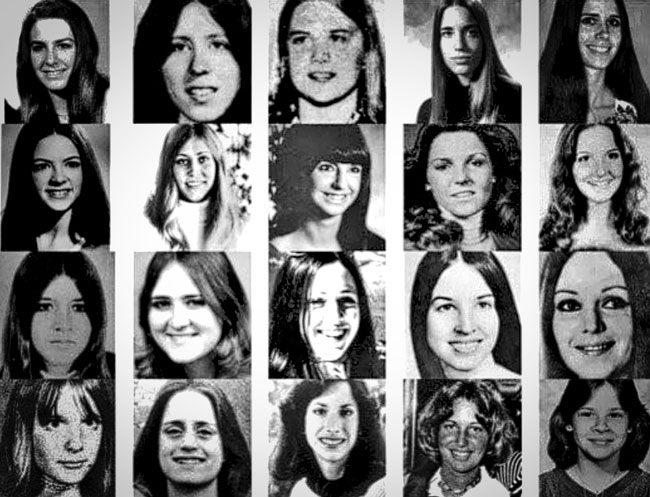
With all avenues of appeal blocked and no further motivation to deny his crimes, Bundy at last agreed to speak frankly with investigators. He confessed to Keppel that he'd committed all eight of the Washington and Oregon homicides for which he was the prime suspect. He described three additional previously unknown victims in Washington and two in Oregon whom he declined to identify (if indeed he ever knew their identities). He said he left a fifth corpse — Donna Manson's — on Taylor Mountain, but incinerated her head in Kloepfer's fireplace. ("Of all the things I did to her," he told Keppel, "this is probably the one she is least likely to forgive me for. Poor Liz.")
He described in graphic detail his abduction of Georgann Hawkins from the brightly lit UW alley; how he had lured her to his car before knocking her unconscious with a crowbar which he'd earlier placed beside the vehicle before handcuffing her and driving her to Issaquah, where he had strangled her, before spending the entire night with her body. He would revisit her corpse three times. He also admitted, for the first time, that he returned to the UW alley the morning after Hawkins' abduction and murder. There, in the middle of a major crime scene investigation, he found Hawkins' earrings and one of her shoes, where he'd left them in the adjoining parking lot, and departed, unobserved. "It was a feat so brazen," wrote Keppel, "that it astonishes police even today."
"He described the Issaquah crime scene, and it was almost like he was just there," Keppel said. "Like he was seeing everything. He was infatuated with the idea because he spent so much time there. He is just totally consumed with murder all the time." Nelson's impressions were similar: "It was the absolute misogyny of his crimes that stunned me," she wrote, "his manifest rage against women. He had no compassion at all ... he was totally engrossed in the details. His murders were his life's accomplishments."
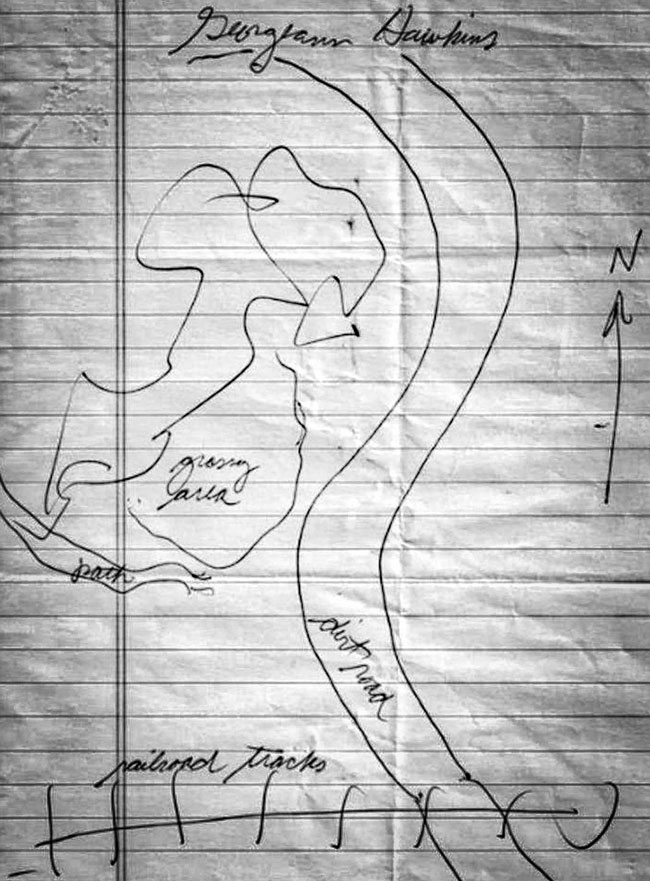
Bundy confessed to detectives from Idaho, Utah, and Colorado that he'd committed many more homicides, including several that were unknown to the police. He explained that when he lived in Utah he could bring his victims back to his apartment, "where he could reenact scenarios depicted on the covers of detective magazines." A new ulterior strategy quickly grew obvious: he withheld many details, hoping to parlay the incomplete information into yet another stay of execution. "There are other buried remains in Colorado", he admitted, but refused to elaborate. The new strategy — promptly dubbed "Ted's bones-for-time scheme" — served only to intensify the resolve of authorities to see Bundy executed on schedule, and yielded little new detailed information. In cases where he did give details, nothing was found. Colorado detective Matt Lindvall interpreted this as a conflict between Bundy's desire to postpone his execution by divulging information and his need to remain in "total possession — the only person who knew his victims' true resting places."
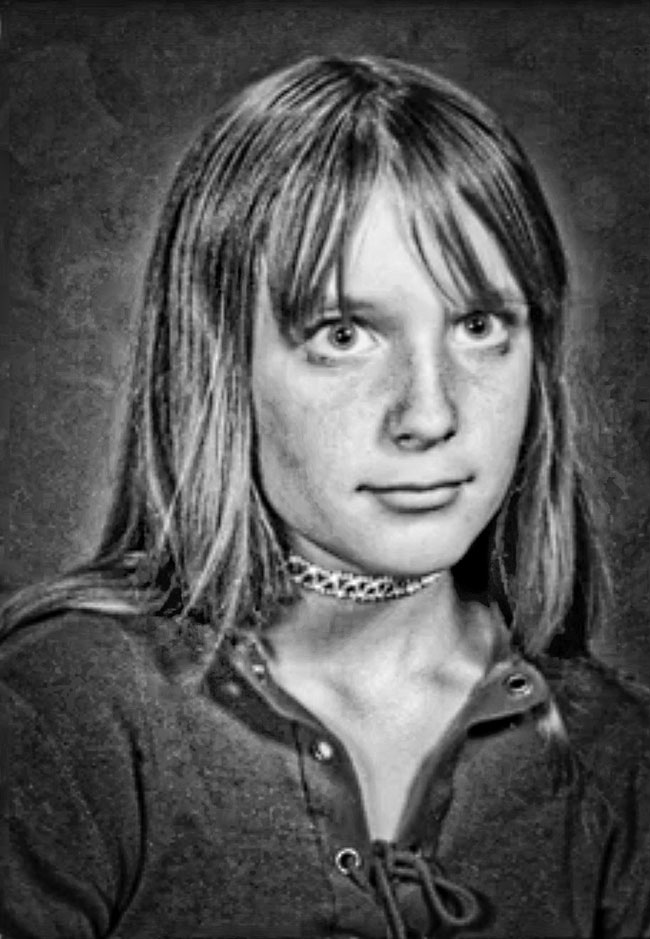
When it became clear that further stays would not be forthcoming from the courts, Bundy supporters began lobbying for the only remaining option, executive clemency. Diana Weiner, a young Florida attorney and Bundy's last purported love interest, asked the families of several Colorado and Utah victims to petition Florida Governor Bob Martinez for a postponement to give Bundy time to reveal more information. All refused. "The families already believed that the victims were dead and that Ted had killed them", wrote Nelson. "They didn't need his confession." Martinez made it clear that he would not agree to further delays in any case. "We are not going to have the system manipulated", he told reporters. "For him to be negotiating for his life over the bodies of victims is despicable."
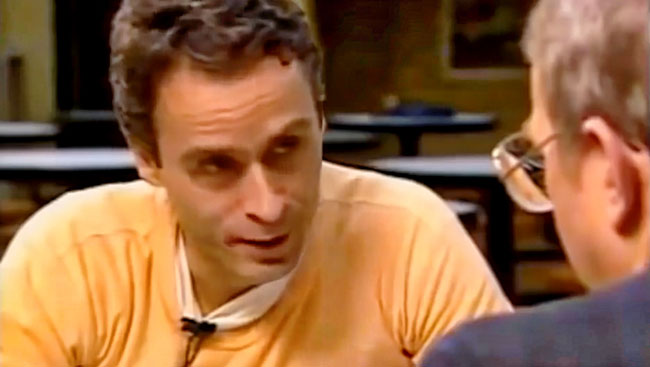
On the afternoon before he was executed, Bundy gave an interview to James Dobson, psychologist and founder of the Christian evangelical organization Focus on the Family. He made new claims about violence in the media and the pornographic "roots" of his crimes. "It happened in stages, gradually", he said. "My experience with ... pornography that deals on a violent level with sexuality, is once you become addicted to it ... I would keep looking for more potent, more explicit, more graphic kinds of material. Until you reach a point where the pornography only goes so far... where you begin to wonder if maybe actually doing it would give that which is beyond just reading it or looking at it."
Carole Boone, who had championed Bundy's innocence throughout all of his trials, felt "deeply betrayed" by his admission that he was, in fact, guilty. She moved back to Washington with her daughter and refused to accept his phone call on the day he was executed.
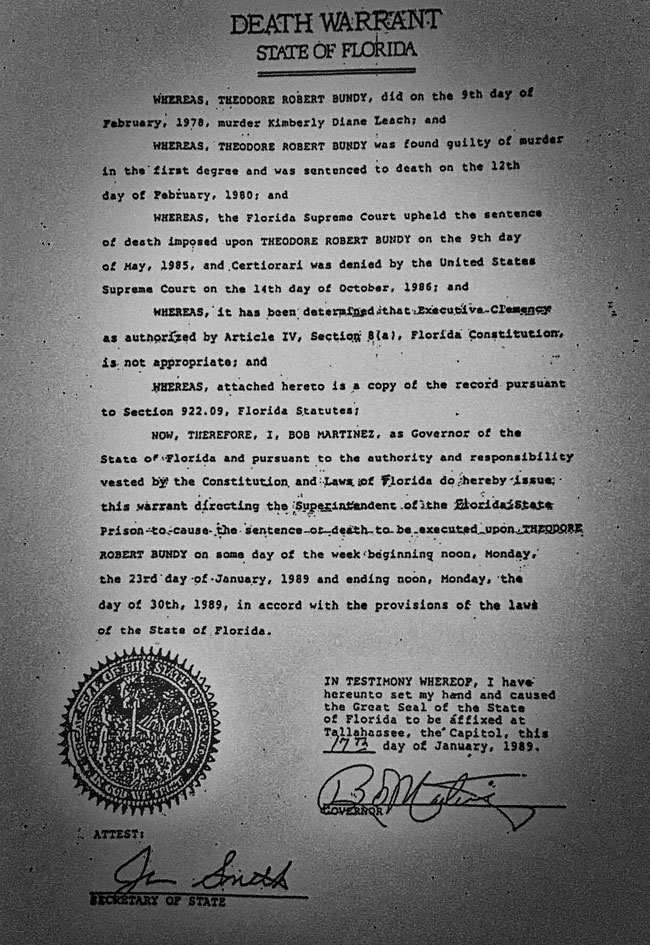
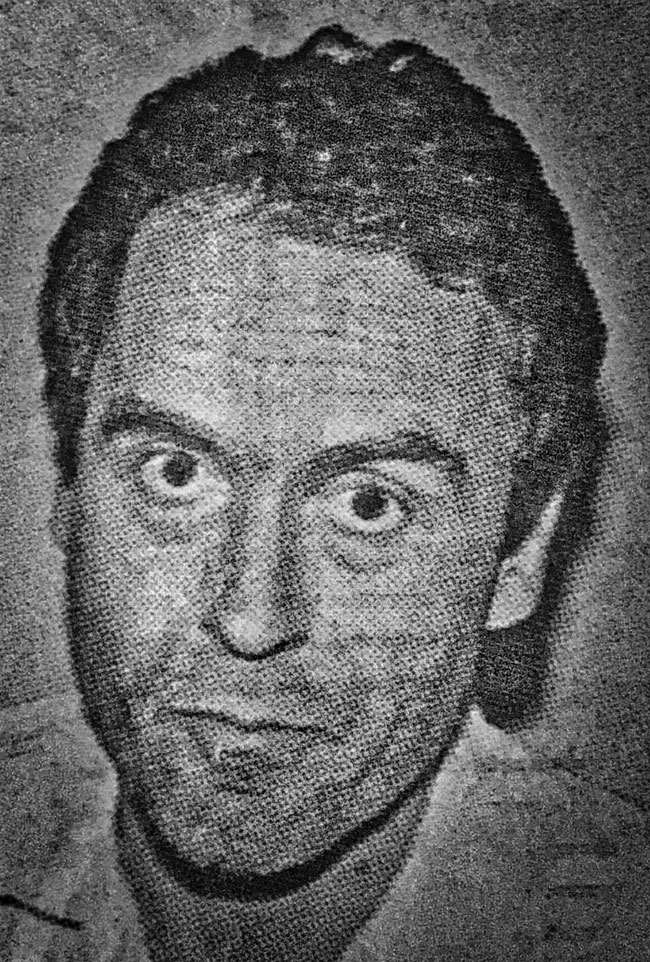
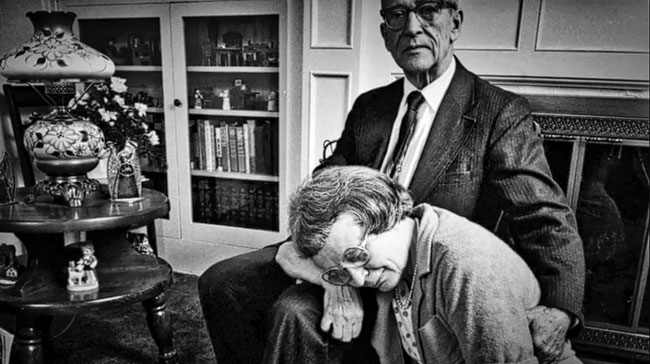
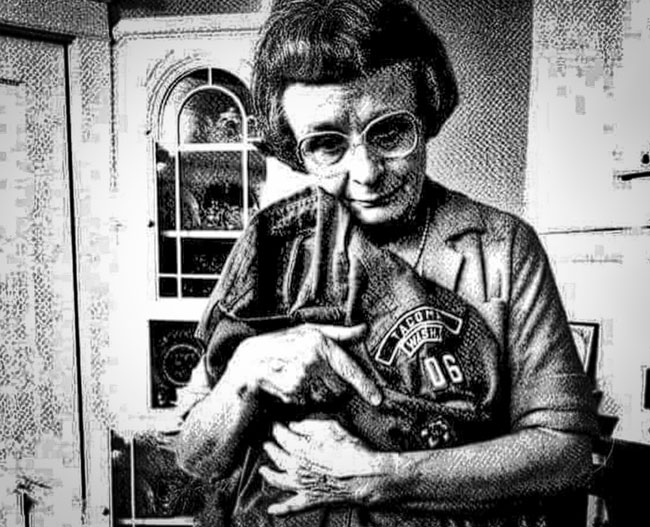
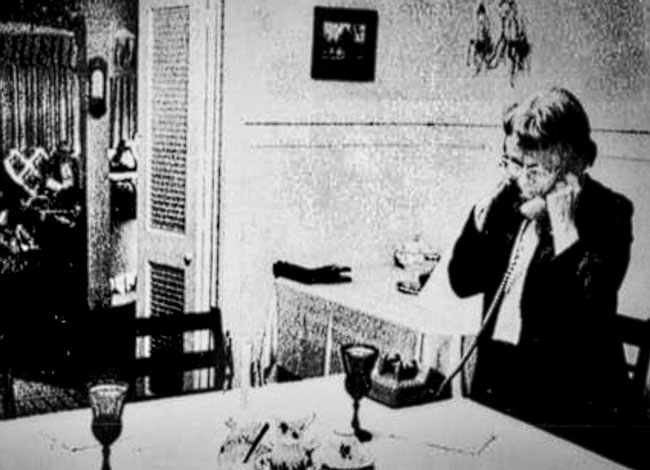
Hagmaier was present during Bundy's final interviews with investigators. On the eve of his execution, he talked of suicide. "He did not want to give the state the satisfaction of watching him die," Hagmaier said.
Bundy died in the Raiford electric chair at 7:16 a.m. EST on January 24, 1989; he was 42 years old. Hundreds of revelers — including 20 off-duty police officers, by one account — sang, danced and set off fireworks in a pasture across the street from the prison as the execution was carried out, then cheered loudly as the white hearse containing his corpse departed the prison. His body was cremated in Gainesville, and his ashes scattered at an undisclosed location in the Cascade Range of Washington State, in accordance with his will.
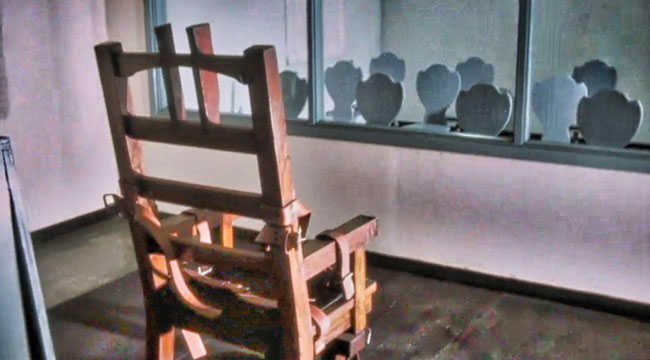
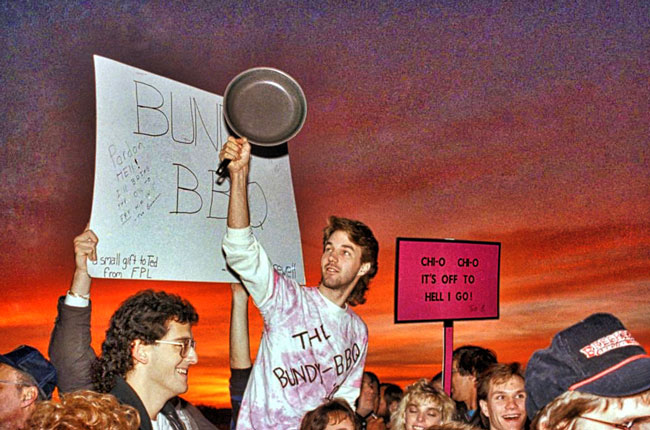
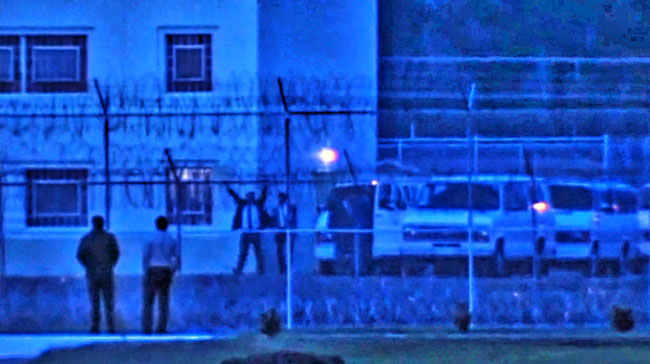
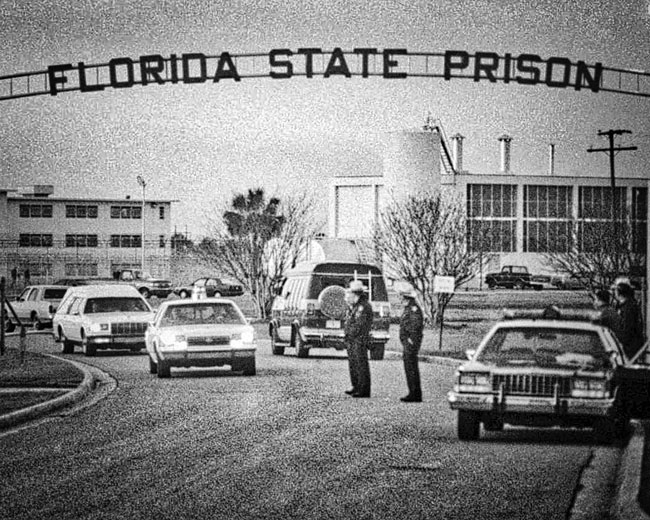
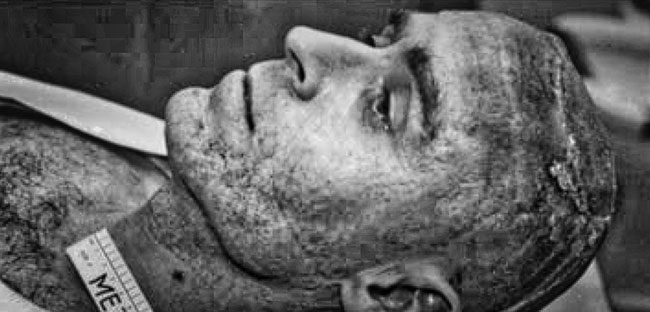
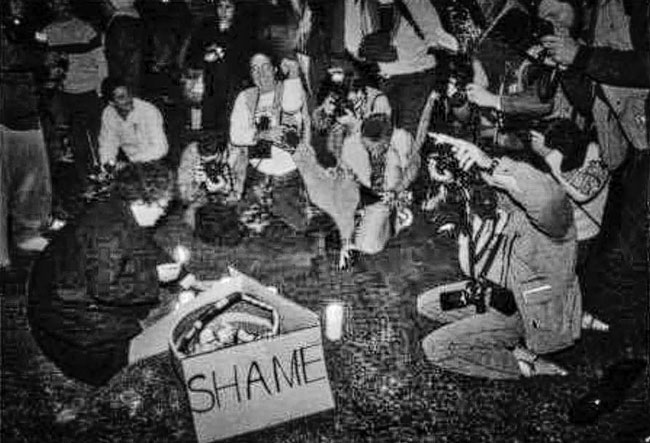
After Bundy's execution, Ann Rule was surprised and troubled to hear from numerous "sensitive, intelligent, kind young women", who wrote or called her to say they were deeply depressed because Bundy was dead. Many had written him, "each believing that she was his only one". Several said they suffered nervous breakdowns when he died. "Even in death, Ted damaged women," Rule wrote. "To get well, they must realize that they were conned by the master conman. They are grieving for a shadow man that never existed."
The night before his execution, Bundy confessed to 30 homicides, but there is no canonical total. Published estimates have run as high as 100 or more, and over the years Bundy made occasional cryptic comments to encourage such speculation. He told Hugh Aynesworth in 1980 that for every known murder there "could be one that was not." When FBI agents proposed a final tally of 36, Bundy said, "Add one digit to that, and you'll have it." Years later he told attorney Polly Nelson that the common estimate of 35 was accurate, but Robert Keppel wrote that "Bundy and I both knew it was much higher." "I don't think even he knew ... how many he killed, or why he killed them," said Rev. Fred Lawrence, the Methodist clergyman who gave Bundy's last rites. "That was my impression, my strong impression."
On the night before his execution, Bundy reviewed his victim tally with Bill Hagmaier on a state-by-state basis and arrived at a total of 30 homicides:
A chronological summary of the 20 identified victims and five identified survivors follows:
There is no agreement among investigators as to when or where Bundy began killing women. He told different stories to different people and refused to disclose the specifics of his earliest crimes, even as he graphically confessed to dozens of later murders on the eve of his execution.
He told Polly Nelson he attempted his first kidnapping in 1969 in Ocean City, New Jersey, but did not kill anyone until sometime in 1971 in Seattle. He told psychologist Art Norman that he killed two women in Atlantic City in 1969 while visiting family in Philadelphia. He hinted but did not explicitly say to homicide detective Robert Keppel that he committed a murder in Seattle in 1972, and another one in 1973 involving a hitchhiker near Tumwater.
Rule and Keppel both thought he might have started killing as a teenager. A case can be made that he abducted and killed eight-year-old Ann Marie Burr of Tacoma when he was 14 years old in 1961; this was an allegation he repeatedly denied. His earliest documented homicides were committed in 1974 when he was 27 years old. By his own admission, he'd mastered the necessary thoroughness and skills — in an era before DNA profiling — to minimize the amount of incriminating forensic evidence at any given crime scene (though even this was not enough to prevent investigators from eventually gathering a mountain of compelling circumstantial evidence against him).
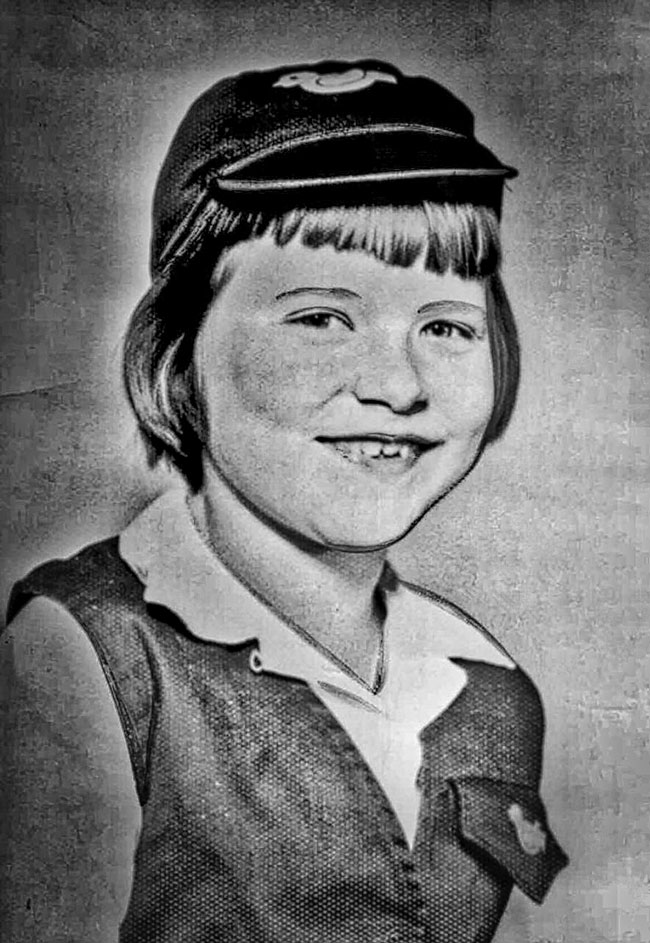
On the eve of his execution, Bundy confided to Robert Keppel that there were crimes even he, as a serial killer under enormous pressure to confess, would never admit to: murder committed at a young age — against a child victim — and close to his own home. The Ann Marie Burr case met all three of these criteria.
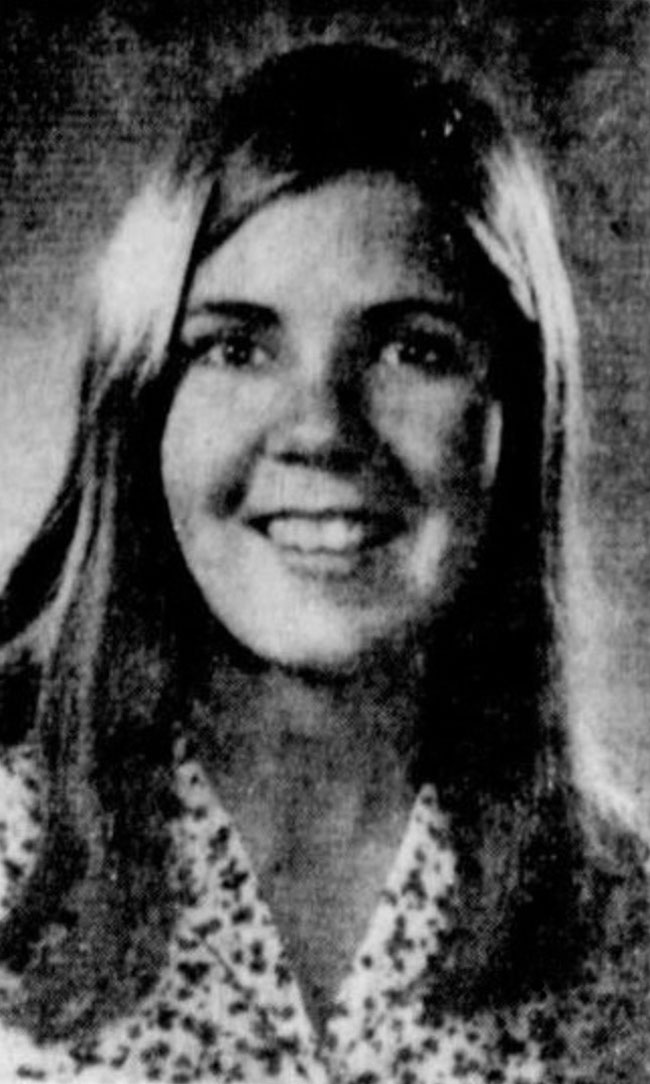
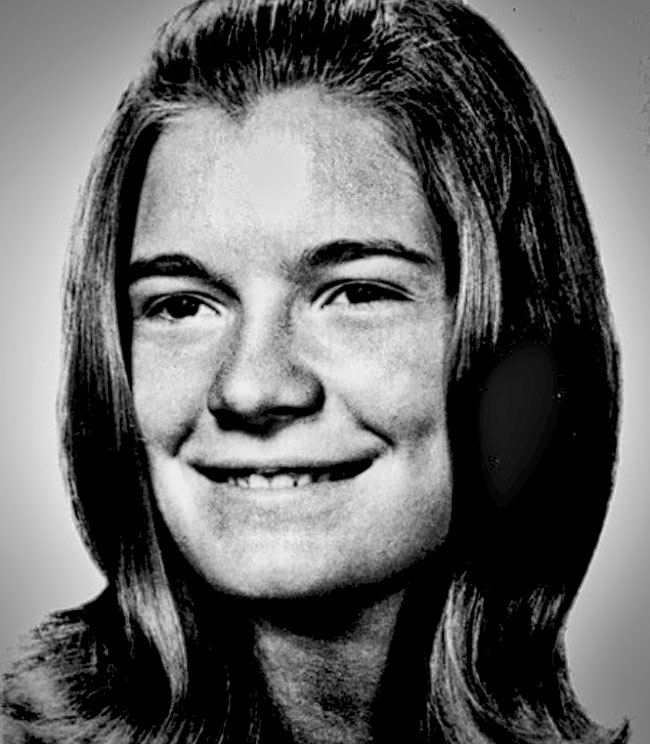
Susan Davis and Elizabeth Perry, both 19, were friends on vacation who were stabbed to death on May 30, 1969. Their car was found the same day abandoned beside the Garden State Parkway outside Somers Point, New Jersey, near Atlantic City, 60 miles (97 km) south of Philadelphia; and their bodies — one nude, one fully clothed — were found in nearby woods three days later. Bundy was a student at Temple University from January through May 1969 and was not thought to have moved out of the area until after Memorial Day weekend. While his accounts of his earliest crimes varied, he told forensic psychologist Art Norman that his first murder victims were two women in the Philadelphia area. Biographer Richard Larsen believed Bundy committed the murders using his feigned-injury ruse, based on an investigator's interview with Julia, Bundy's aunt: Ted, she said, was wearing a leg cast due to an automobile accident on the weekend of the homicides, and therefore could not have traveled from Philadelphia to the Jersey Shore — but there's no official record of any such accident. Bundy is considered a "strong suspect", but the case remains open.
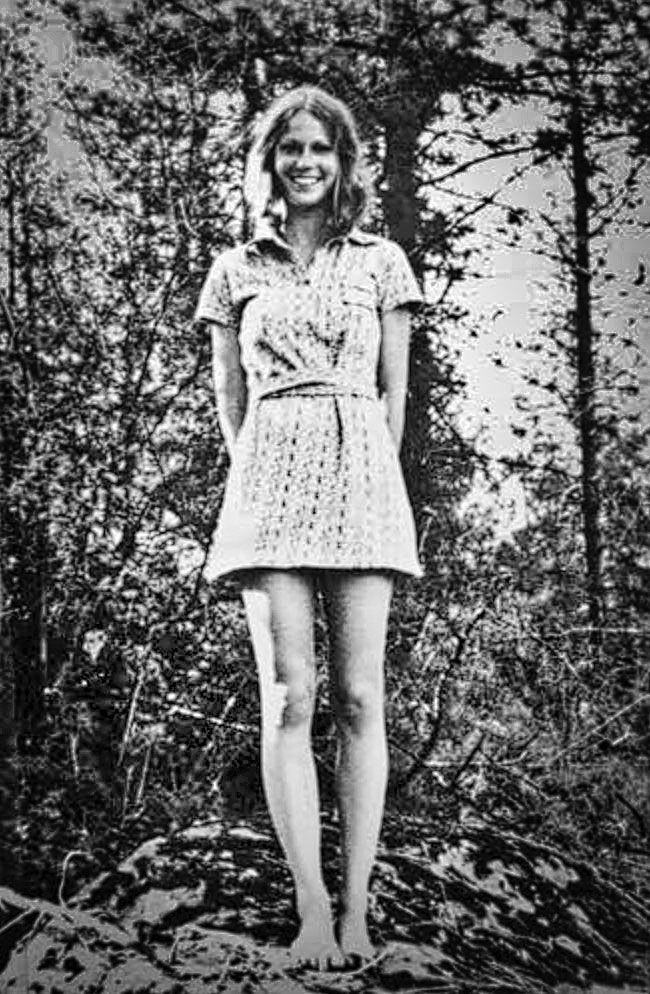
Joyce LePage, 21, was last seen on July 22, 1971, on the campus of Washington State University, where she was an undergraduate. Nine months later, her skeletal remains were found in a deep ravine south of Pullman, Washington, wrapped in carpeting and military blankets, bound with rope. Investigators say multiple suspects — Bundy included — have never been cleared. Whitman County authorities say he remains a suspect.
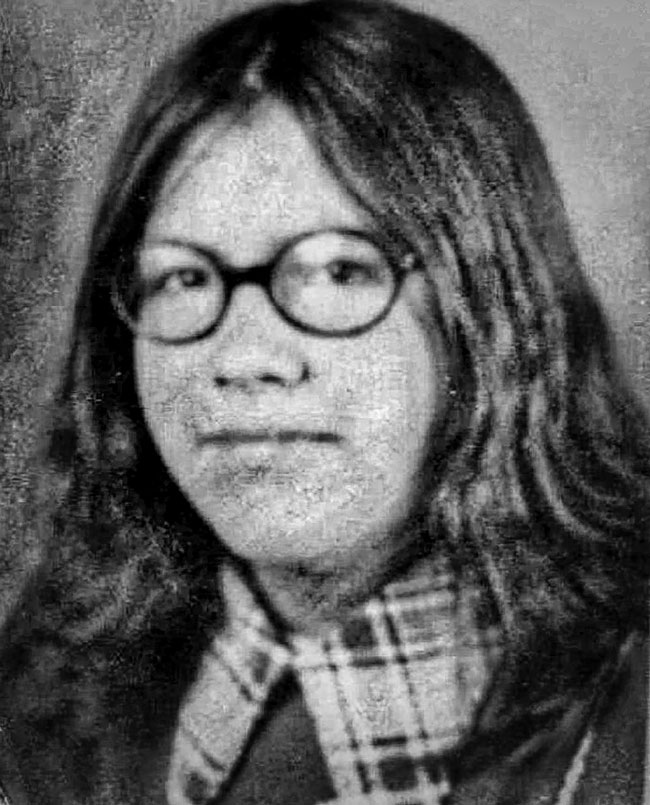
Brenda Joy Baker, 14, was last seen hitchhiking near Puyallup, Washington, on May 27, 1974; her body was found in Millersylvania State Park a month later. Her homicide remains unsolved.
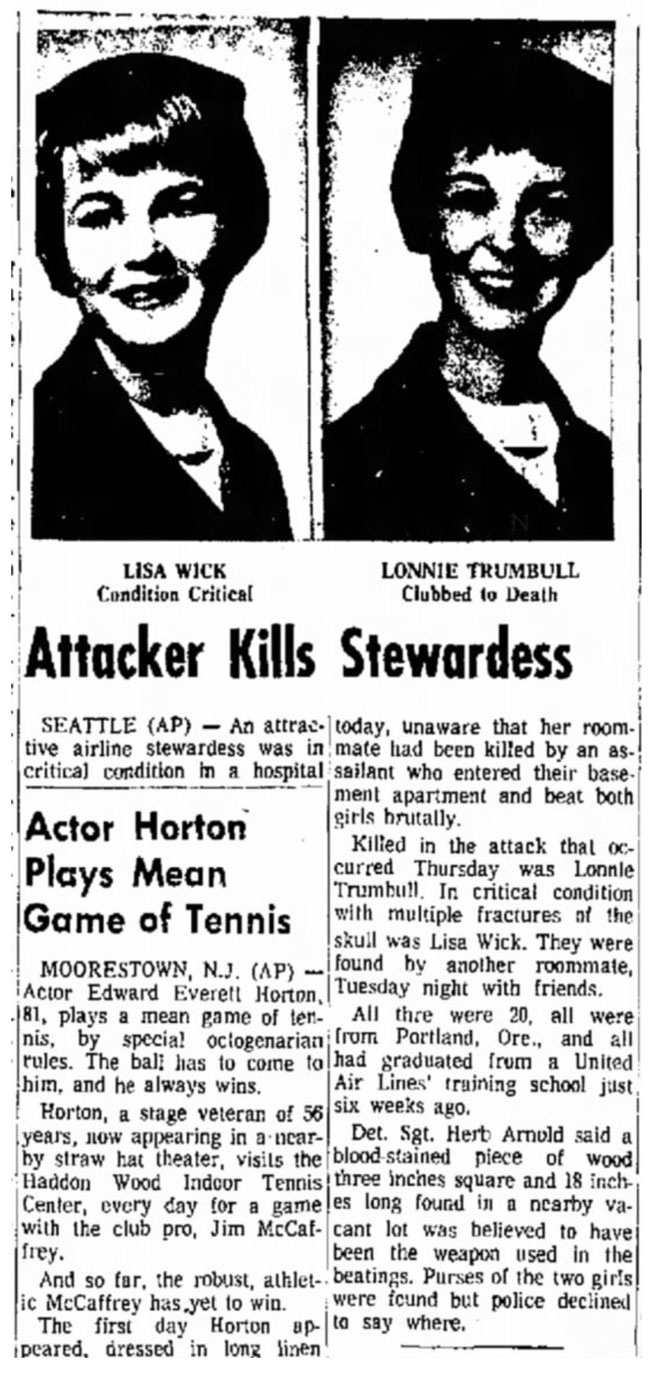
Flight attendants Lisa E. Wick and Lonnie Trumbull, both 20, were bludgeoned with a piece of lumber as they slept in their basement apartment in Seattle's Queen Anne Hill district on June 23, 1966 near the Safeway store where Bundy worked at the time, and where the women regularly shopped. Trumbull died. In retrospect, Detective Keppel noted many similarities to the Chi Omega crime scene. Wick, who suffered permanent memory loss as a result of the attack, later contacted Ann Rule: "I know that it was Ted Bundy who did that to us," she wrote, "but I can't tell you how I know." In the absence of definitive evidence, Bundy's involvement remains speculative.
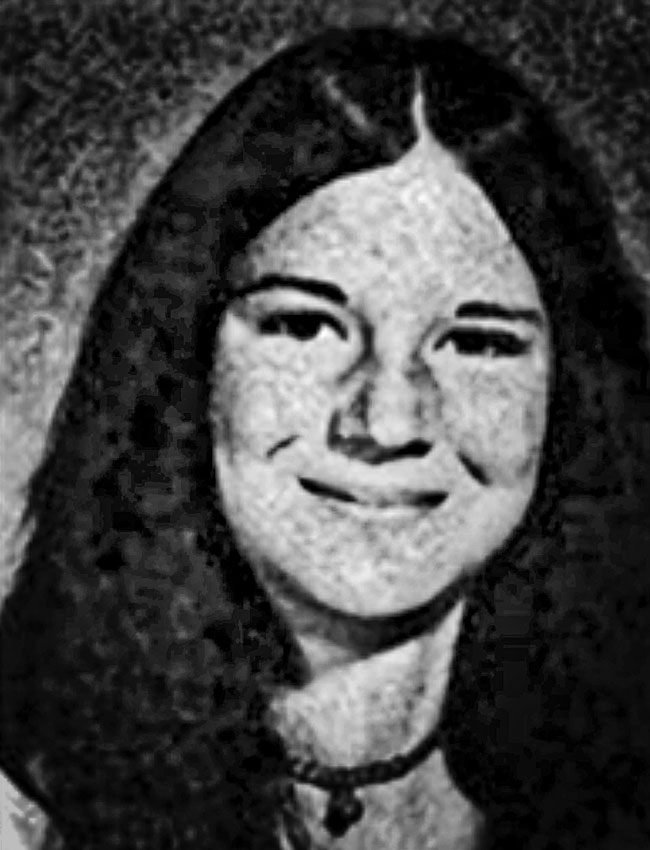
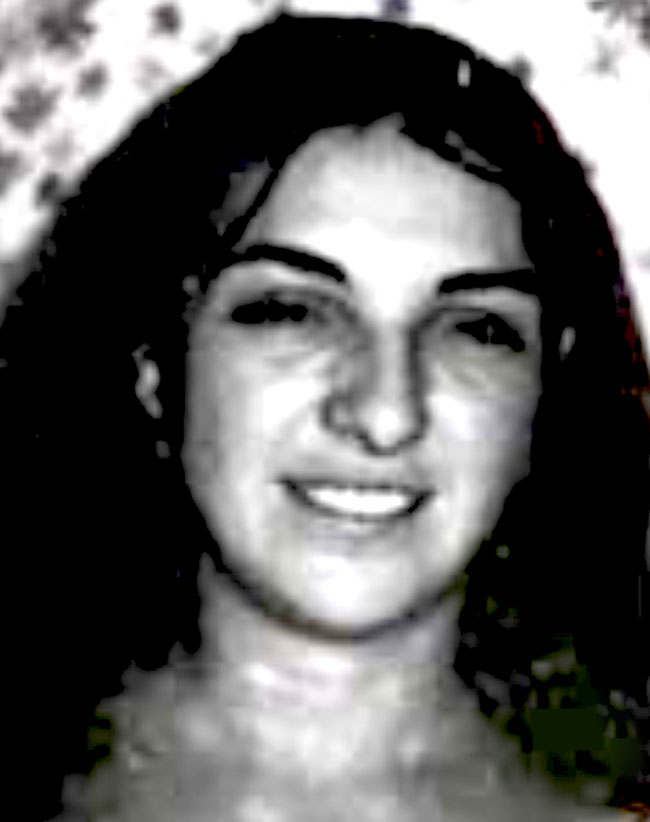
Rita Lorraine Jolly, 17, disappeared from West Linn, Oregon, on June 29, 1973, while Vicki Lynn Hollar, 24, disappeared from Eugene, Oregon, on August 20, 1973. Bundy confessed to two homicides in Oregon without naming names. Oregon detectives suspect they are Jolly and Hollar, but were unable to obtain interview time with Bundy to confirm it. Both women remain classified as missing.
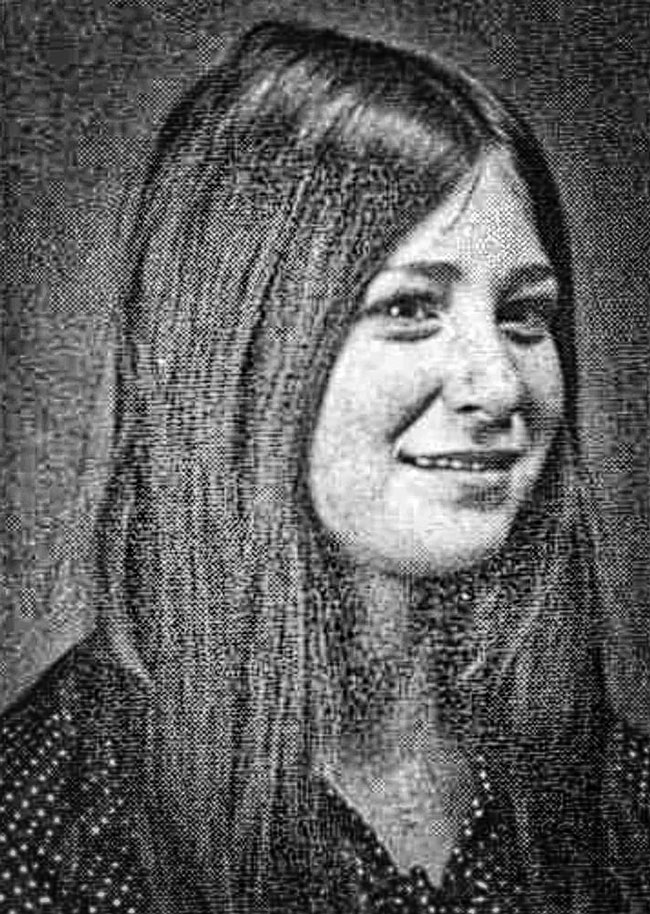
Melanie Suzanne "Suzy" Cooley, 18, disappeared on April 15, 1975, after leaving Nederland High School in Nederland, Colorado, 50 miles (80 km) northwest of Denver. Her bludgeoned and strangled corpse was discovered by road maintenance workers two weeks later in Coal Creek Canyon, 20 miles (32 km) away. While gas receipts place Bundy in nearby Golden on the day Cooley disappeared, and Cooley is included on the list of Bundy victims in most Bundy literature, Jefferson County authorities say the evidence is inconclusive and continue to treat her homicide as a cold case.
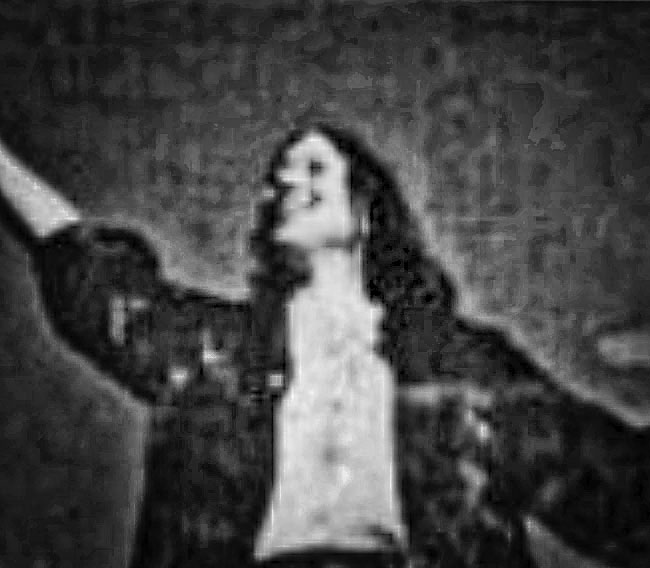
Shelly (or Shelley) Kay Robertson, 24, failed to show up for work in Golden, Colorado, on July 1, 1975. Her nude, decomposed body was found in August, 500 feet (150 m) inside a mine on Berthoud Pass near Winter Park Resort by two mining students. Gas station receipts place Bundy in the area at the time, but there is no direct evidence of his involvement; the case remains open.
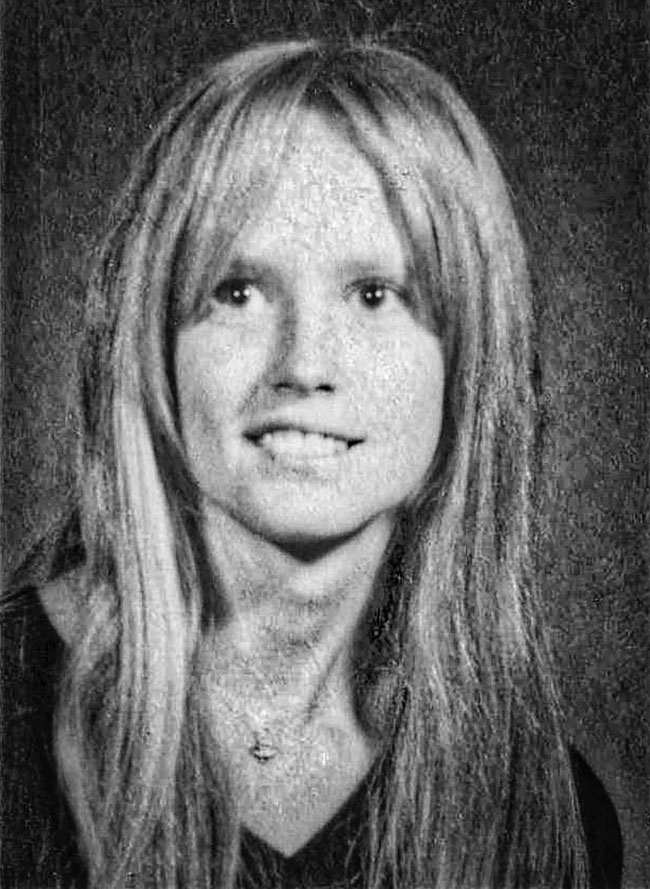
Nancy Perry Baird, 23, disappeared from the service station where she worked in Layton, Utah, 25 miles (40 km) north of Salt Lake City, on July 4, 1975, and remains classified as a missing person. Bundy specifically denied involvement in this case in death row interviews.

Debbie Smith, 17, was last seen in Salt Lake City in early February 1976, shortly before the DaRonch trial began; her body was found near the Salt Lake City International Airport on April 1, 1976. Though listed as a Bundy victim by some sources, her murder remains officially unsolved.
Ted Bundy was an unusually articulate criminal. Here is a brief sampling of things he said over the course of his life.